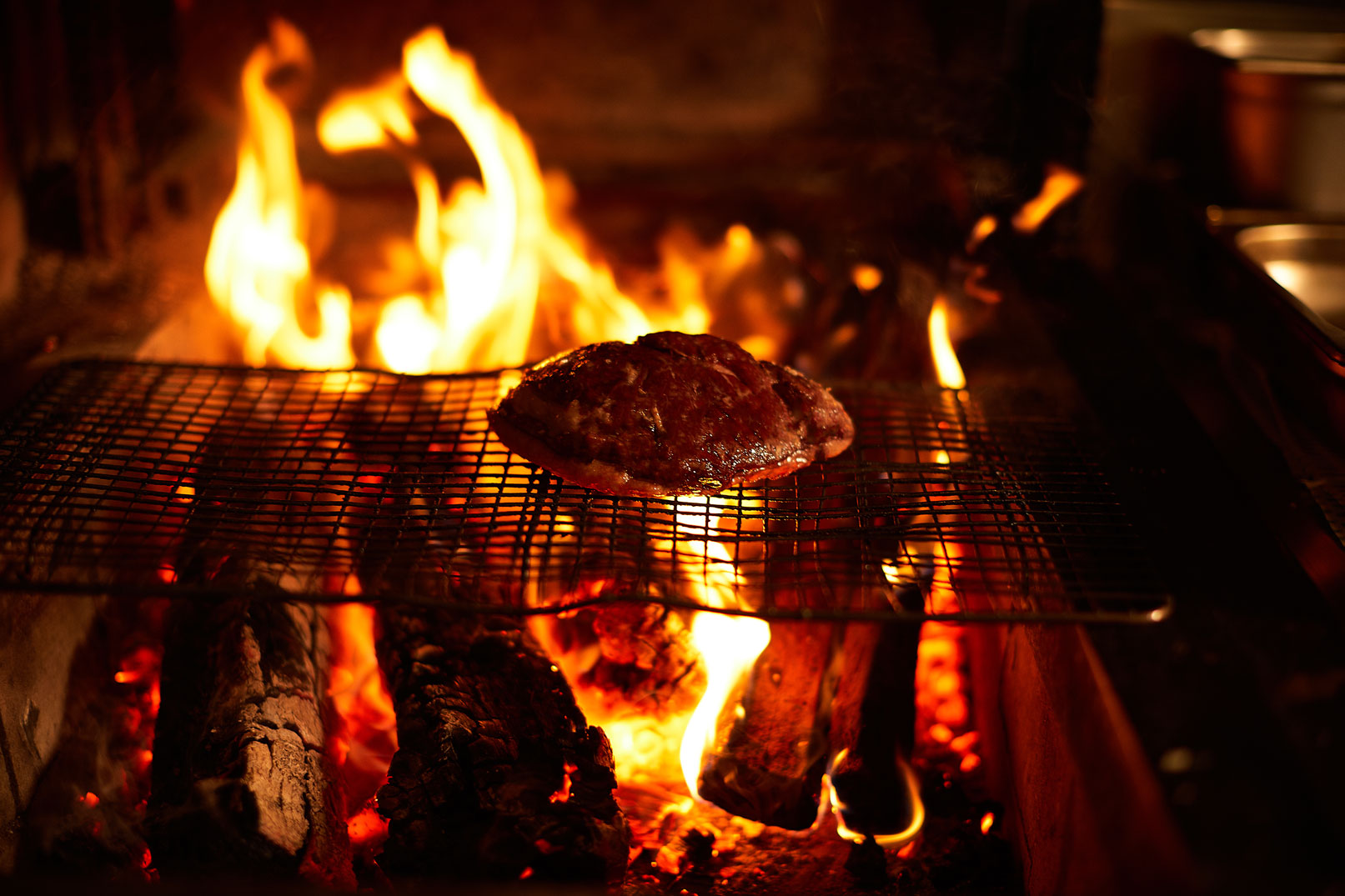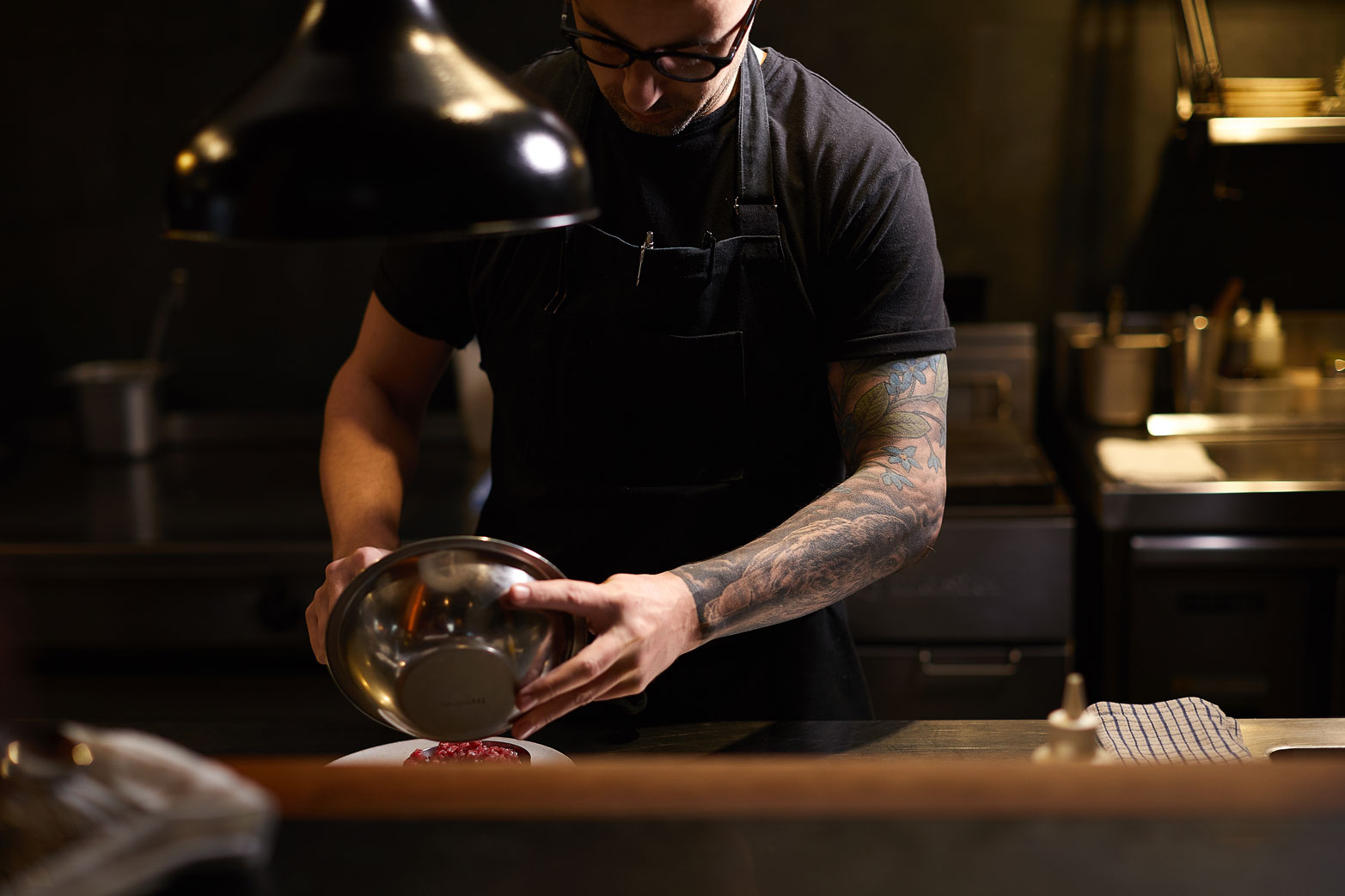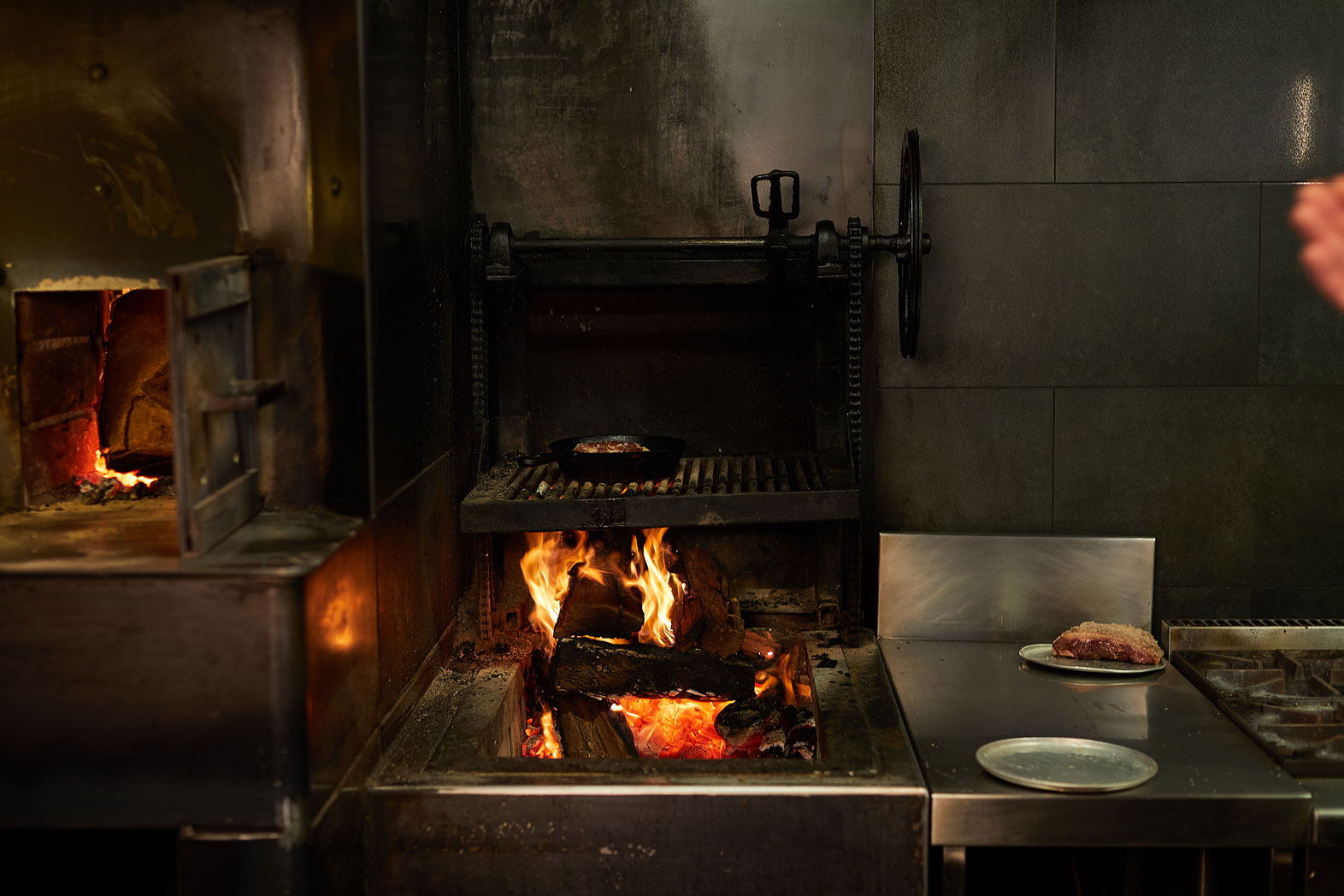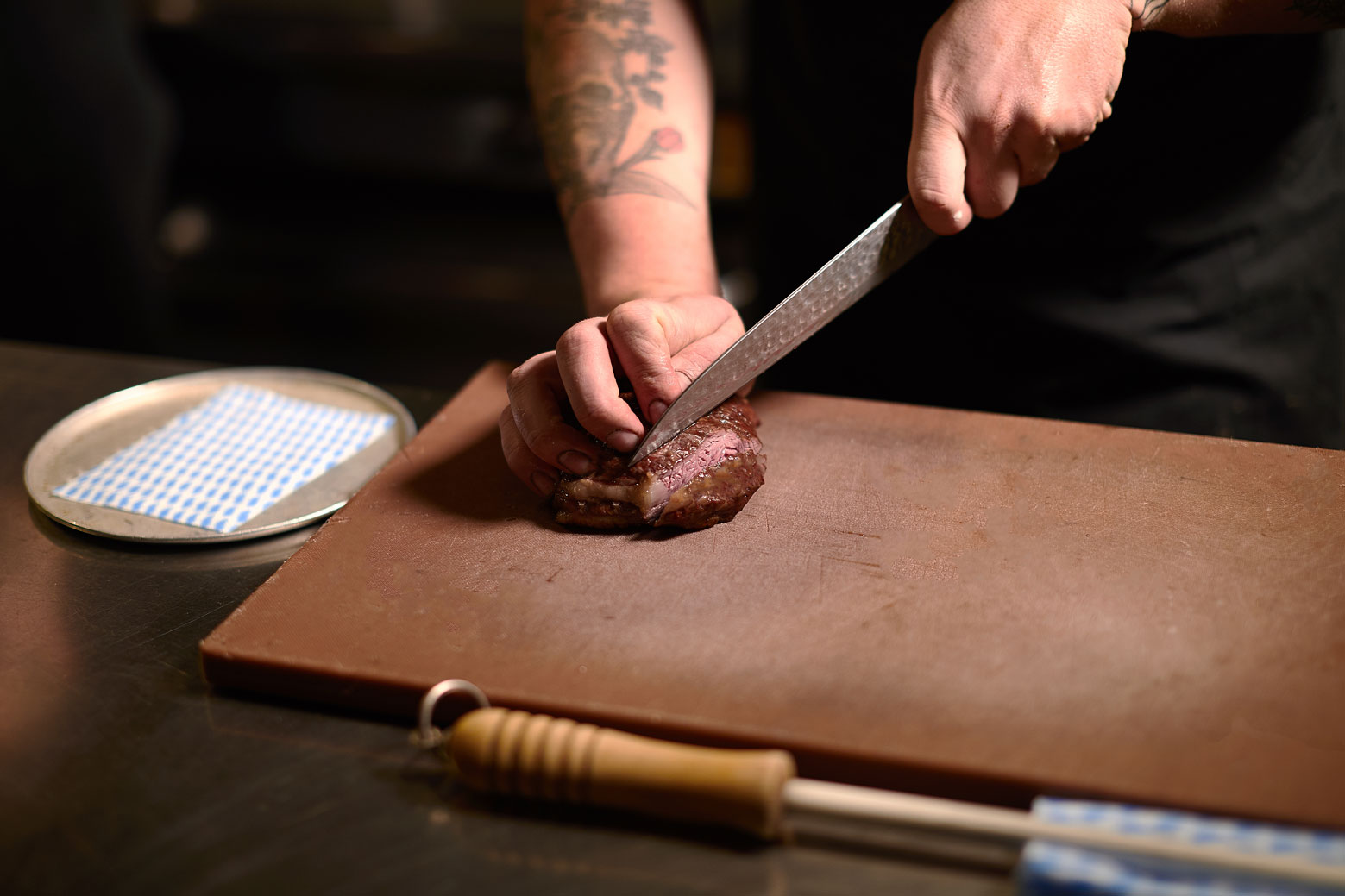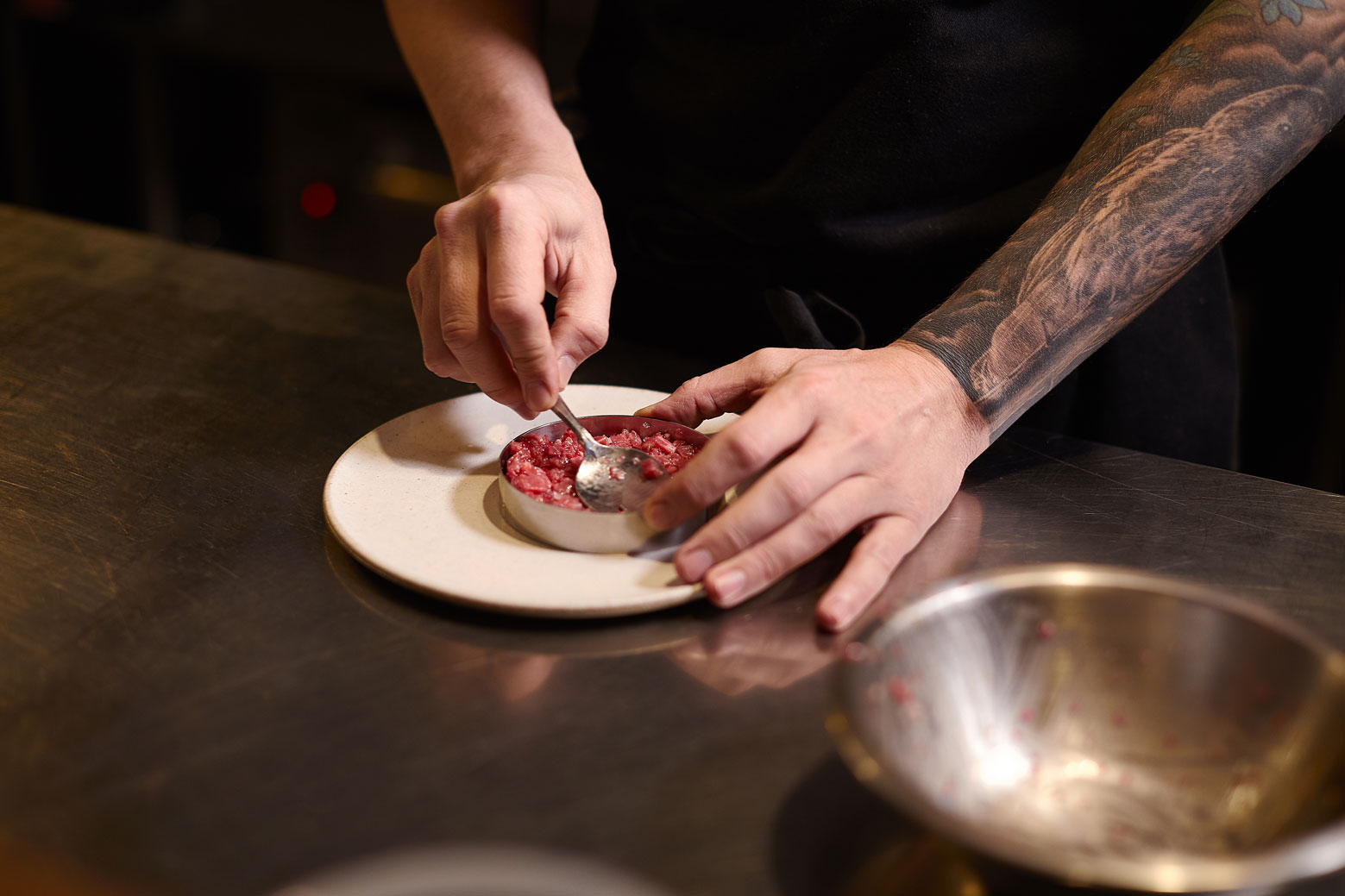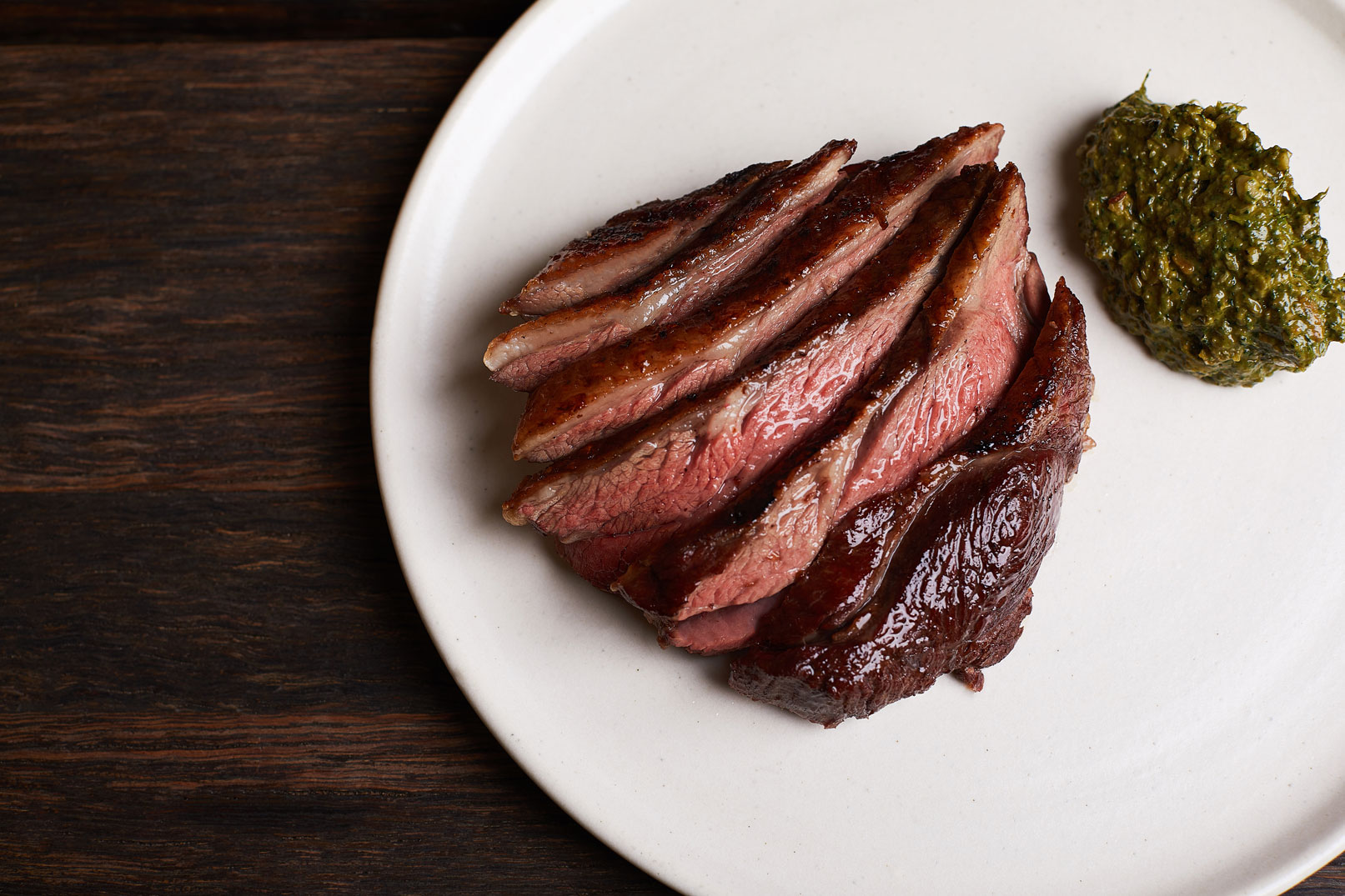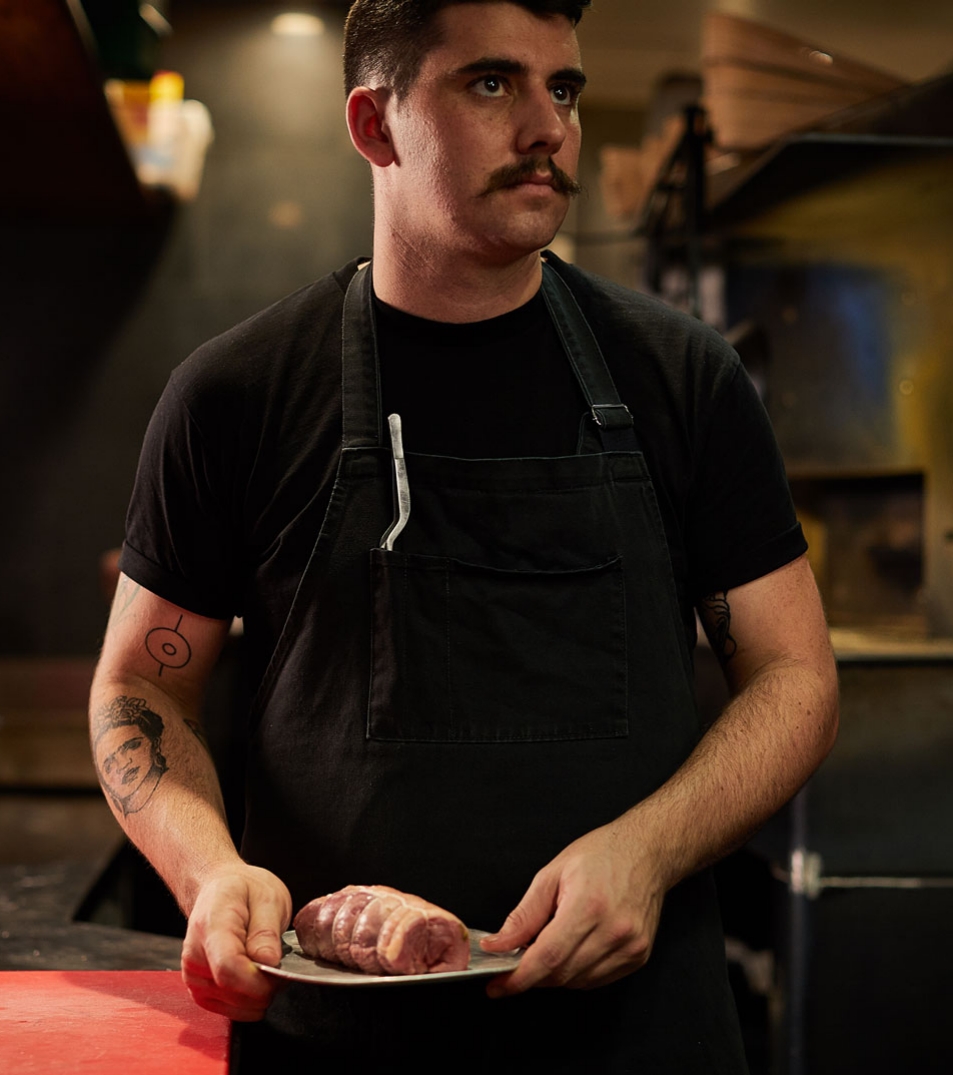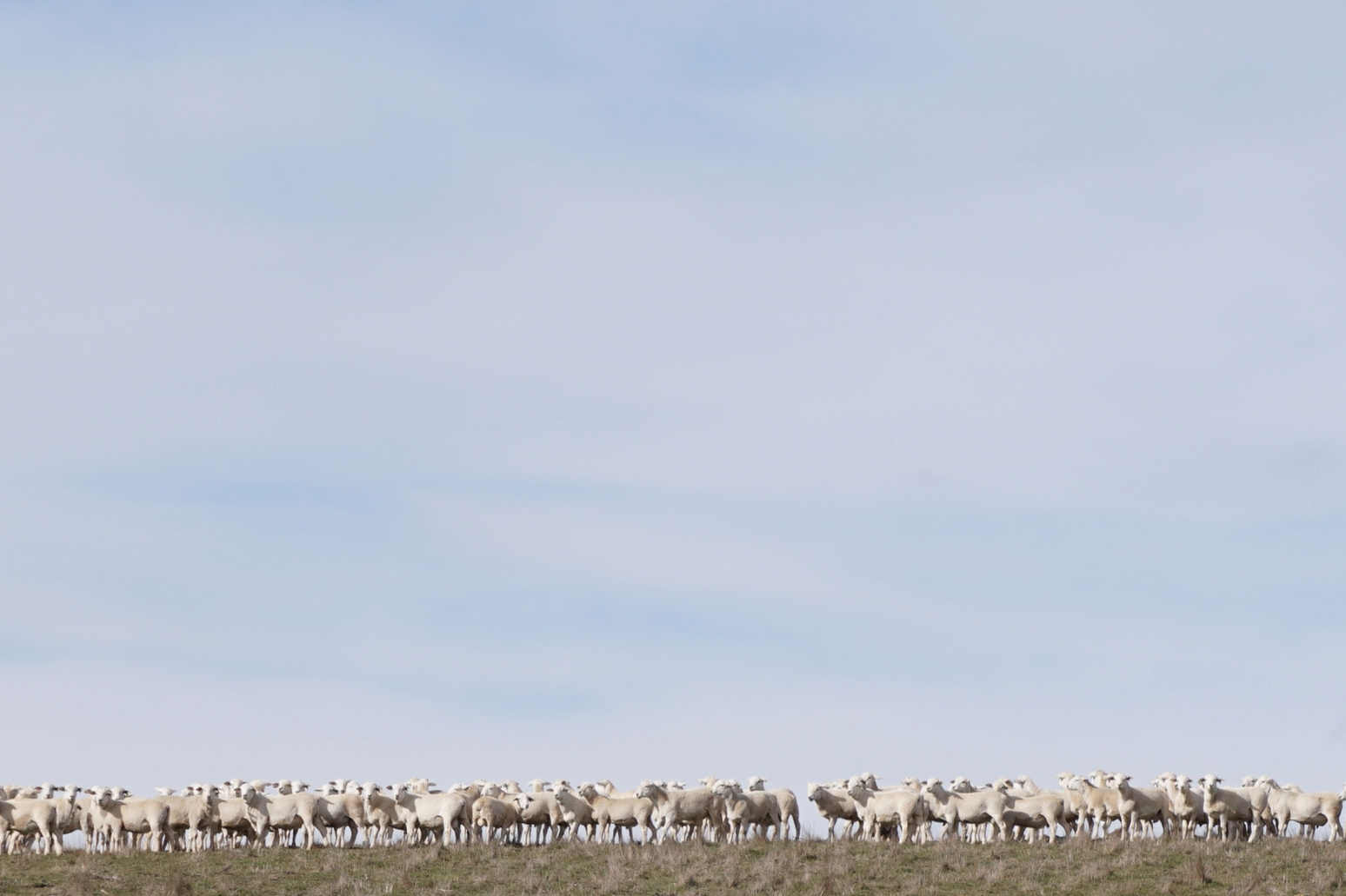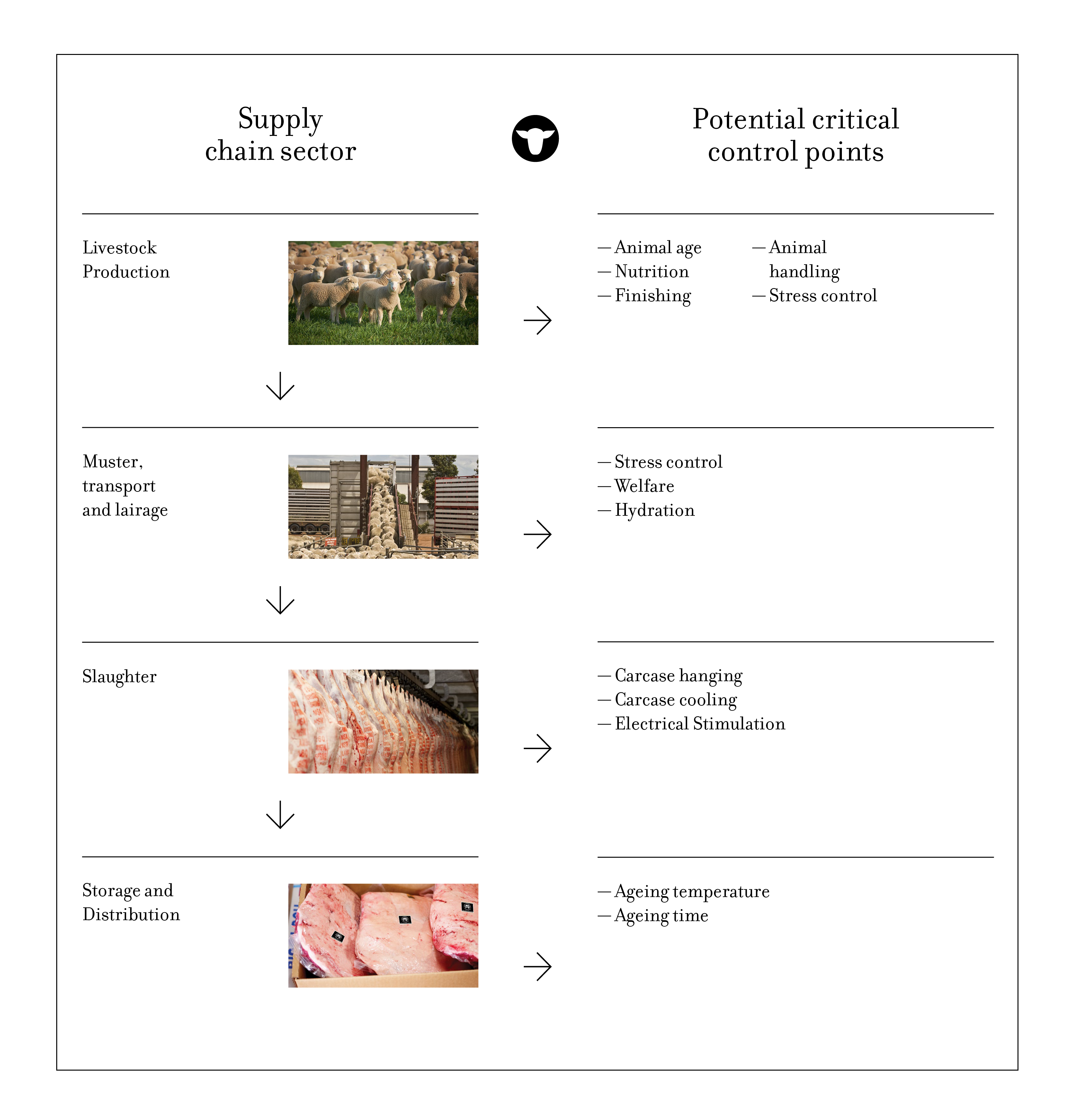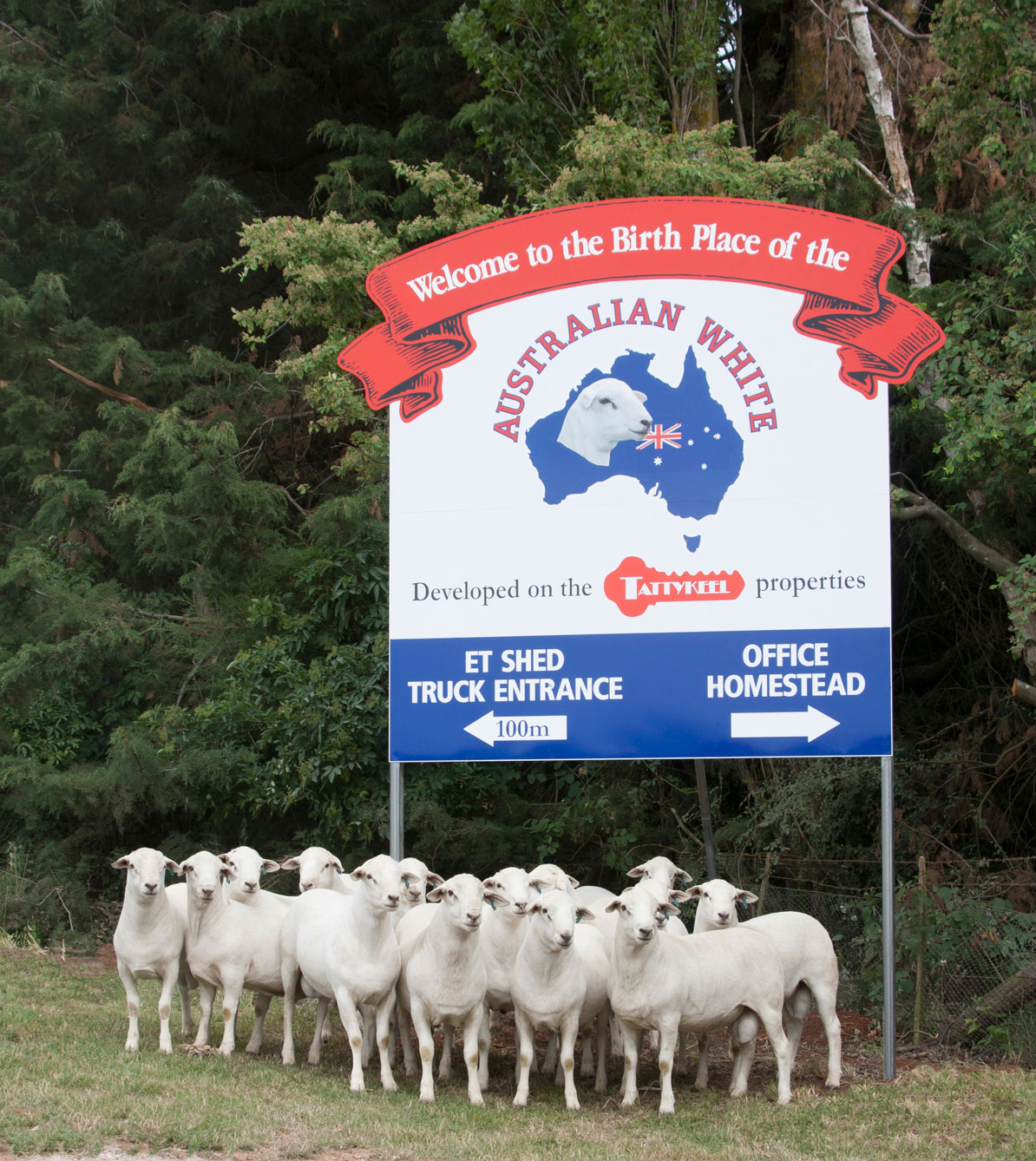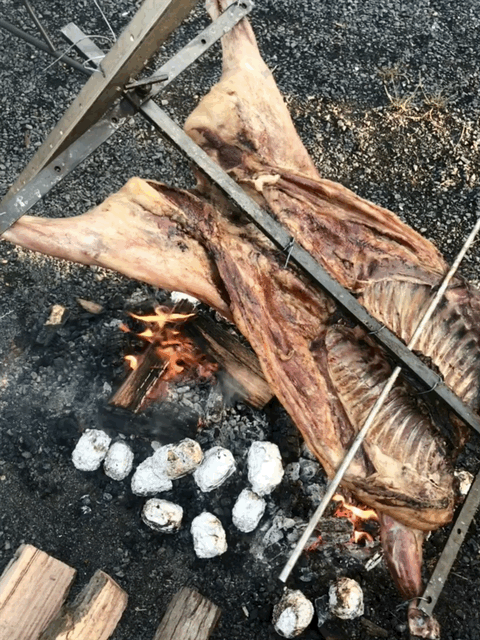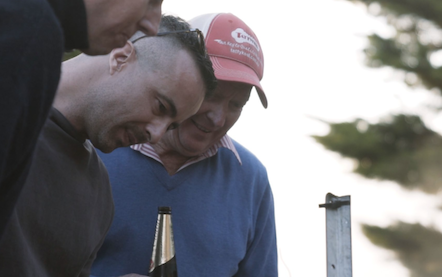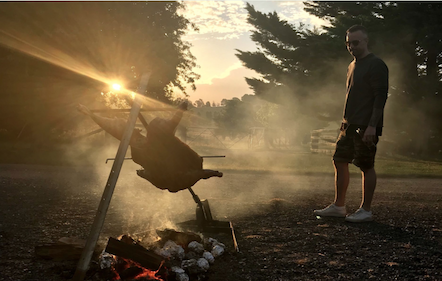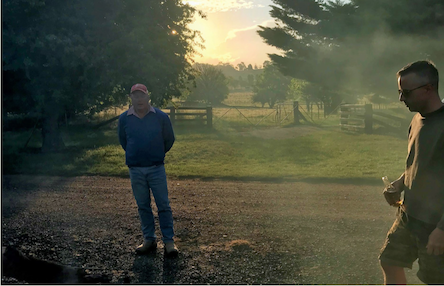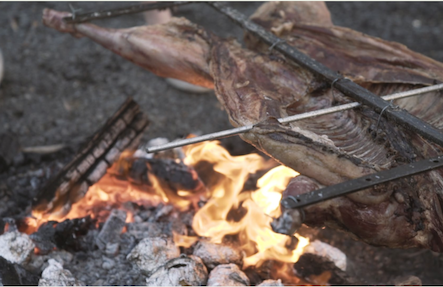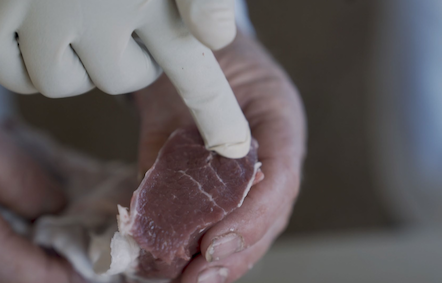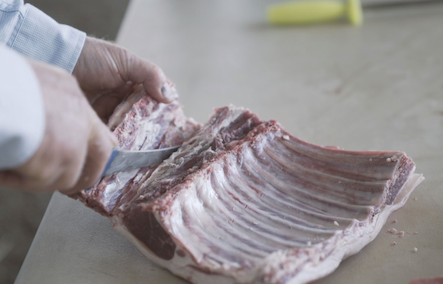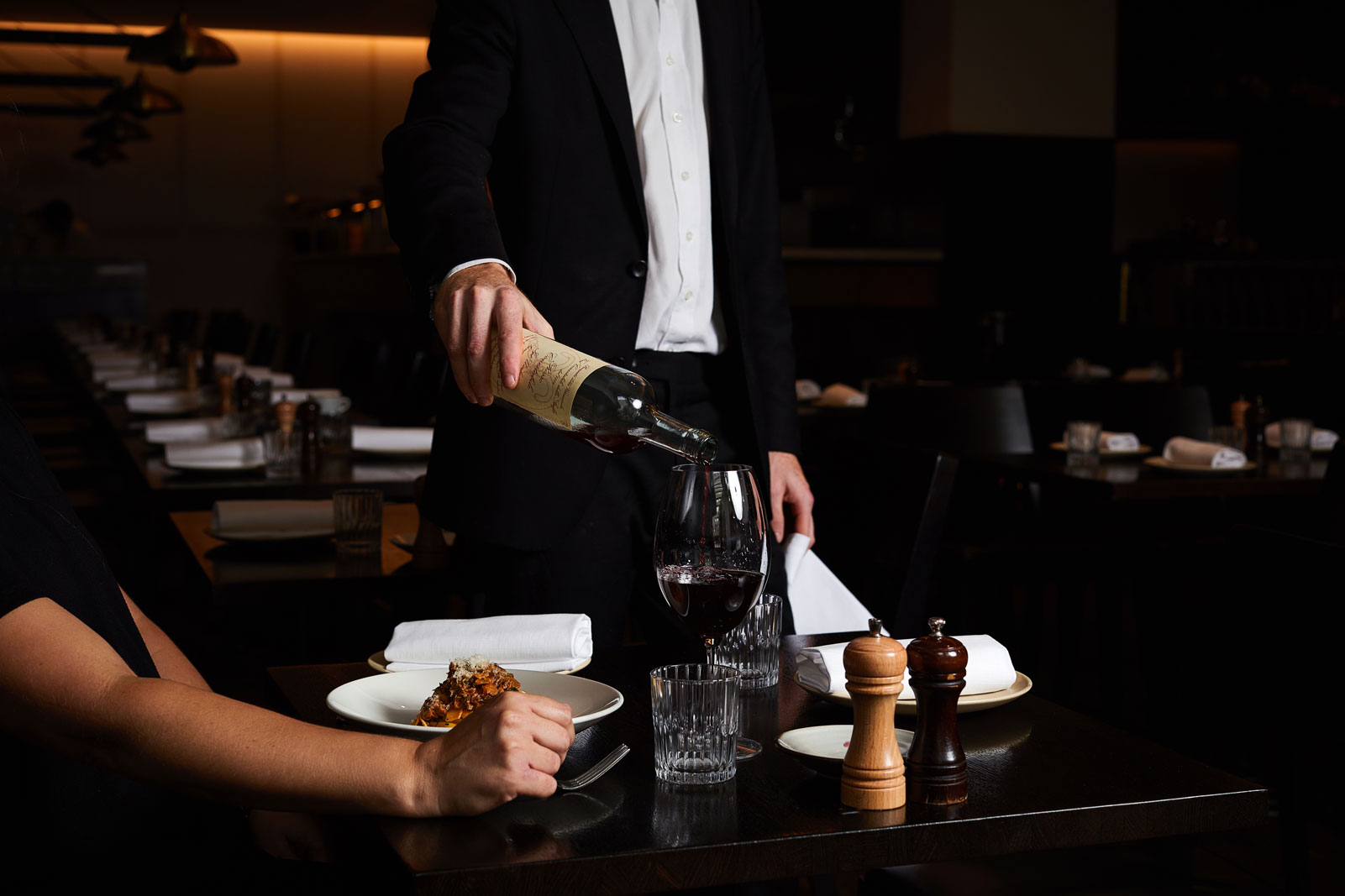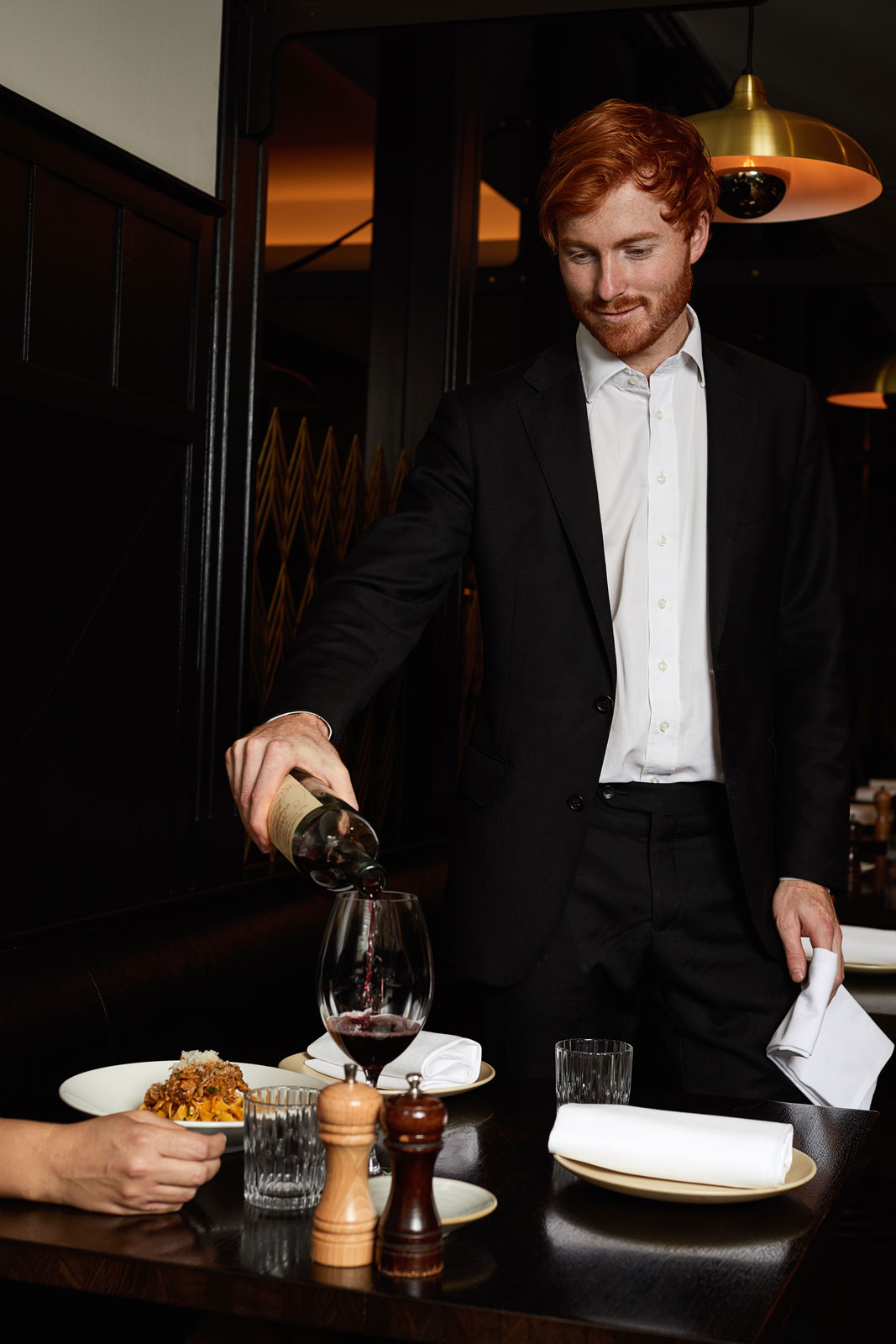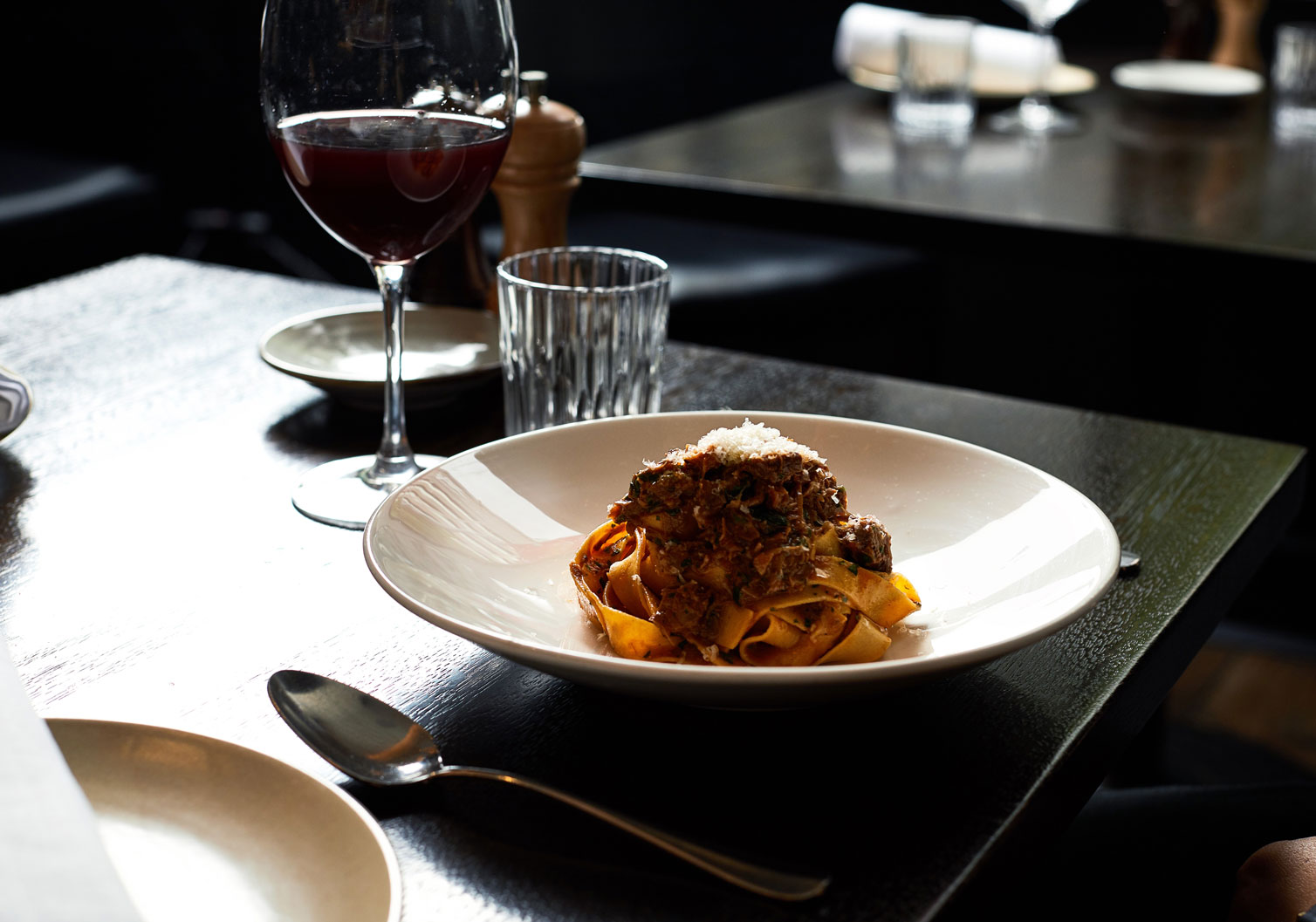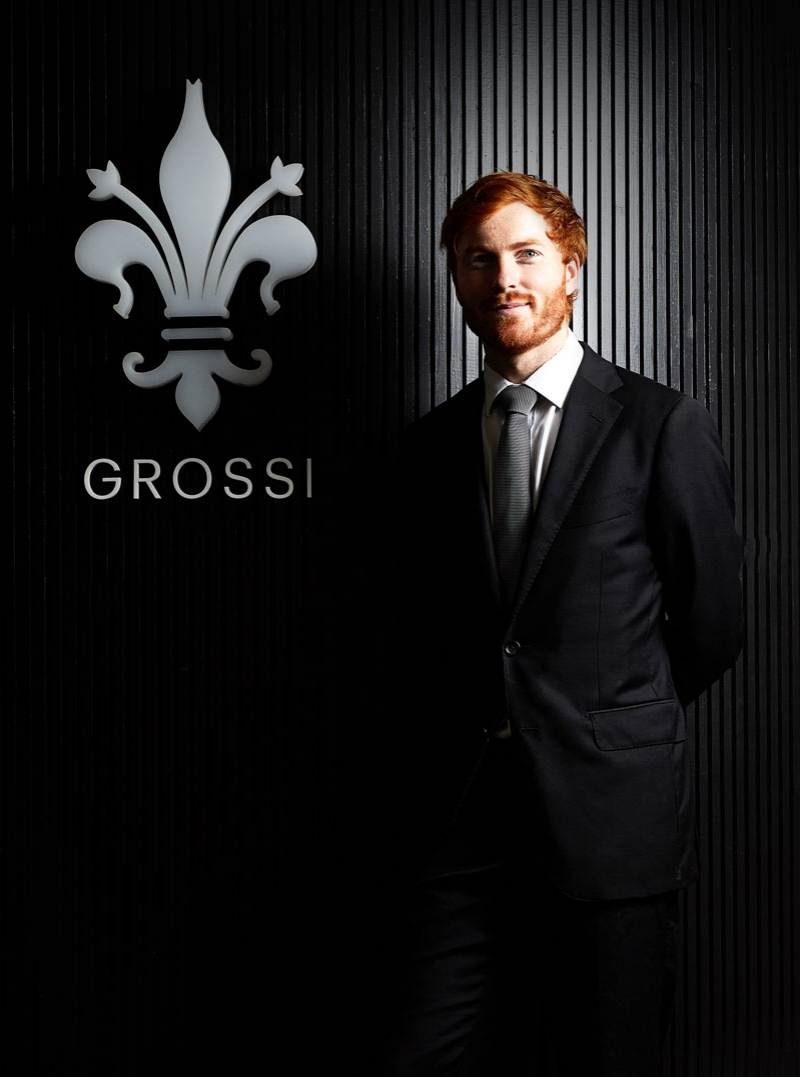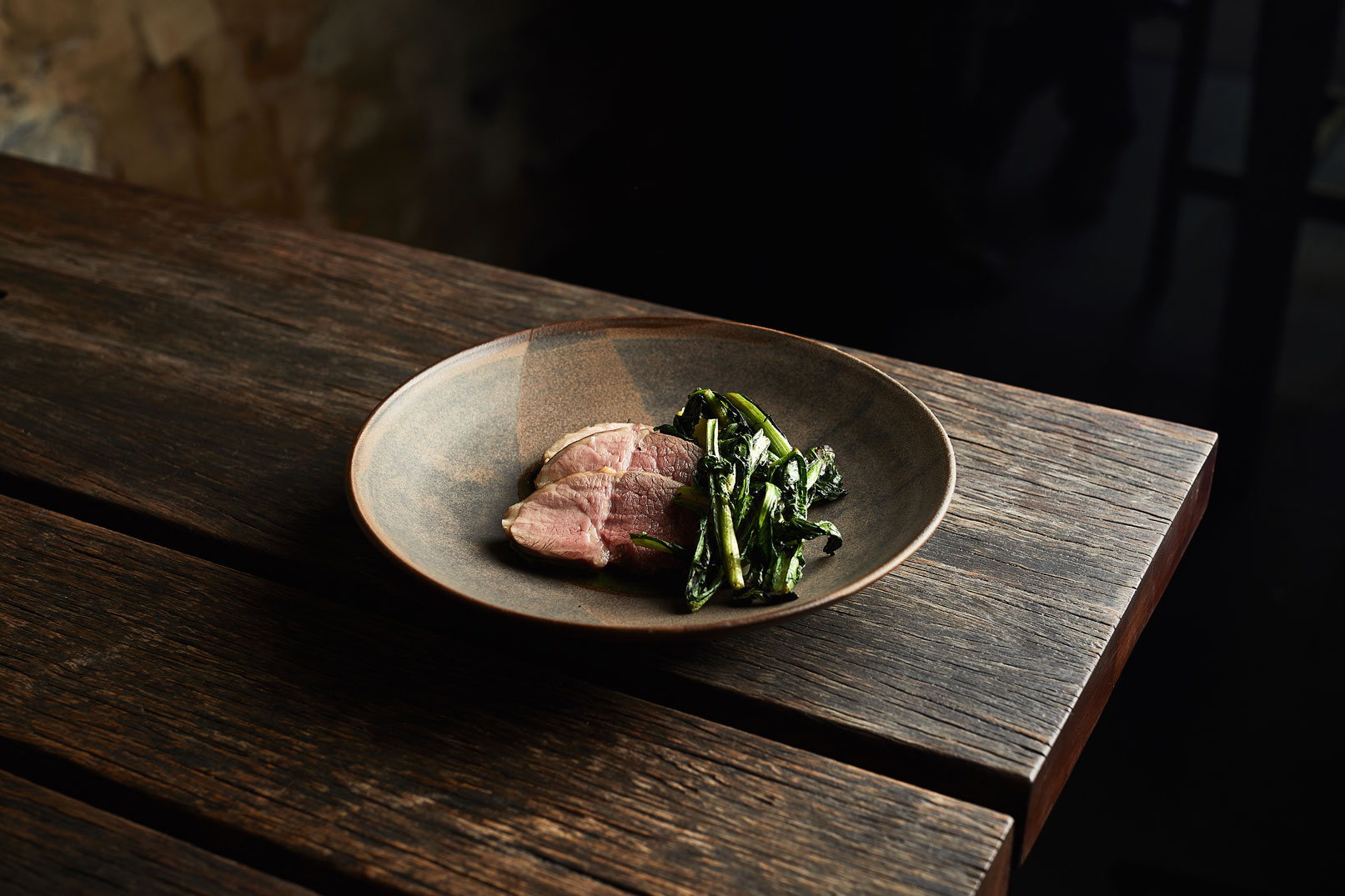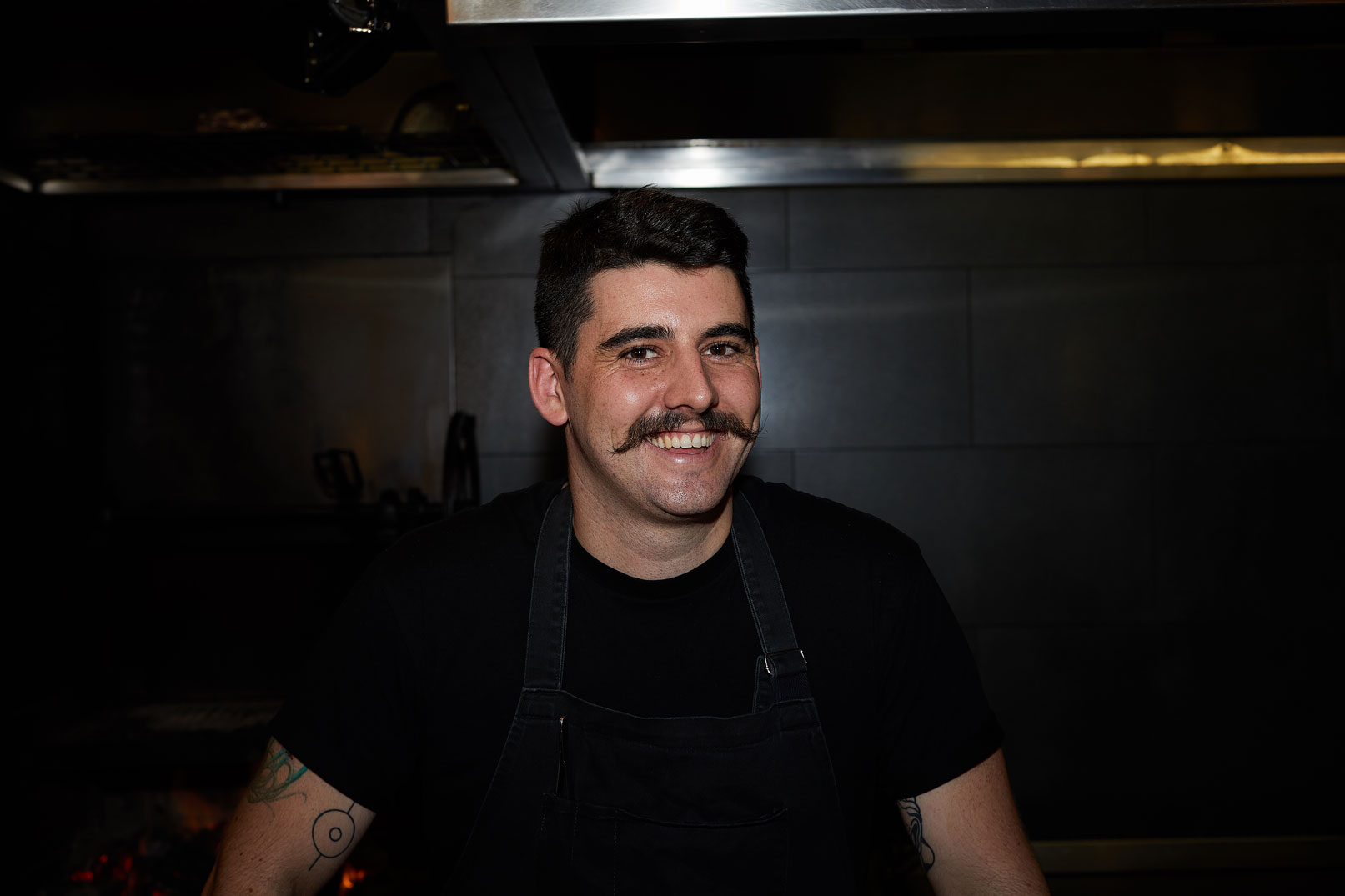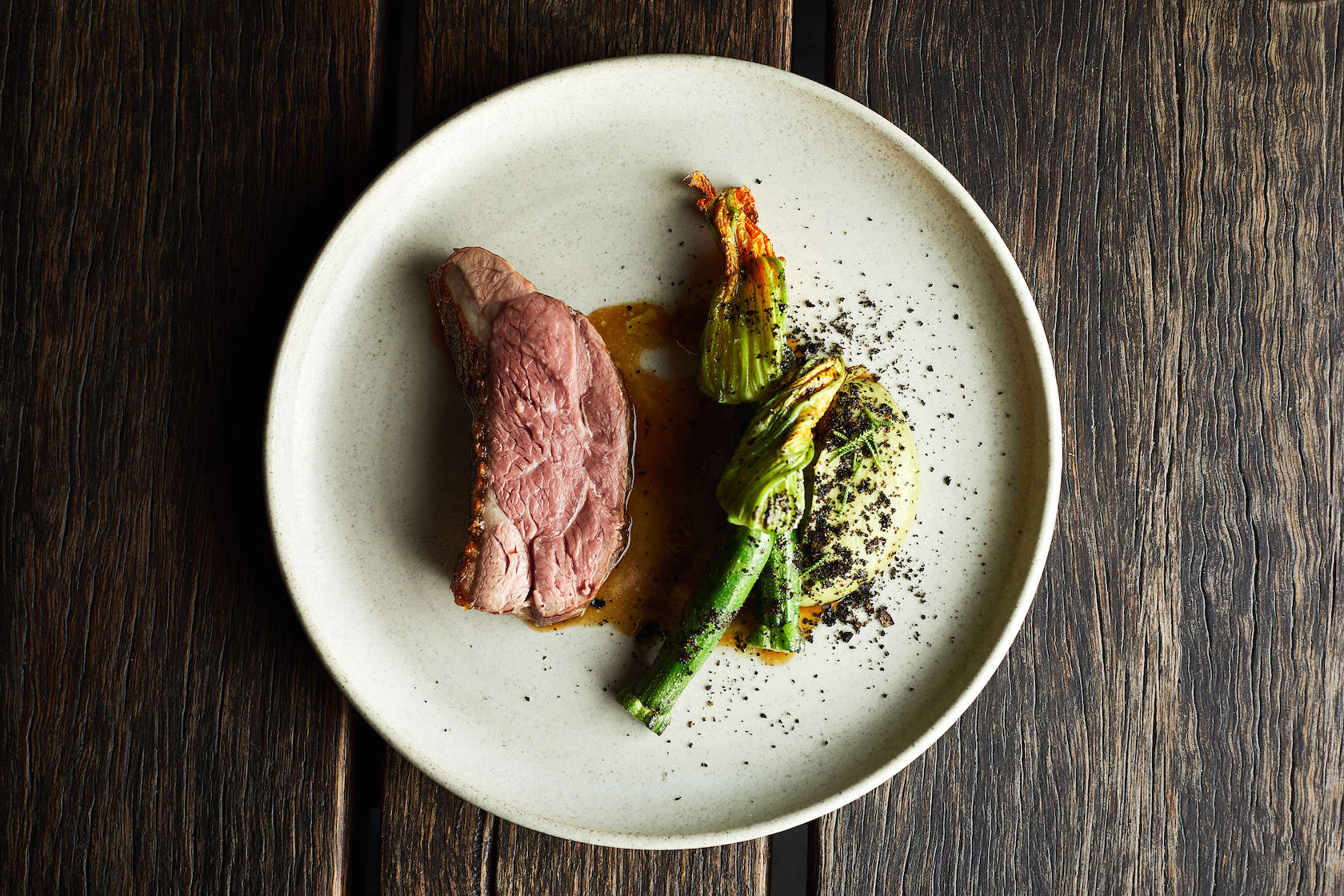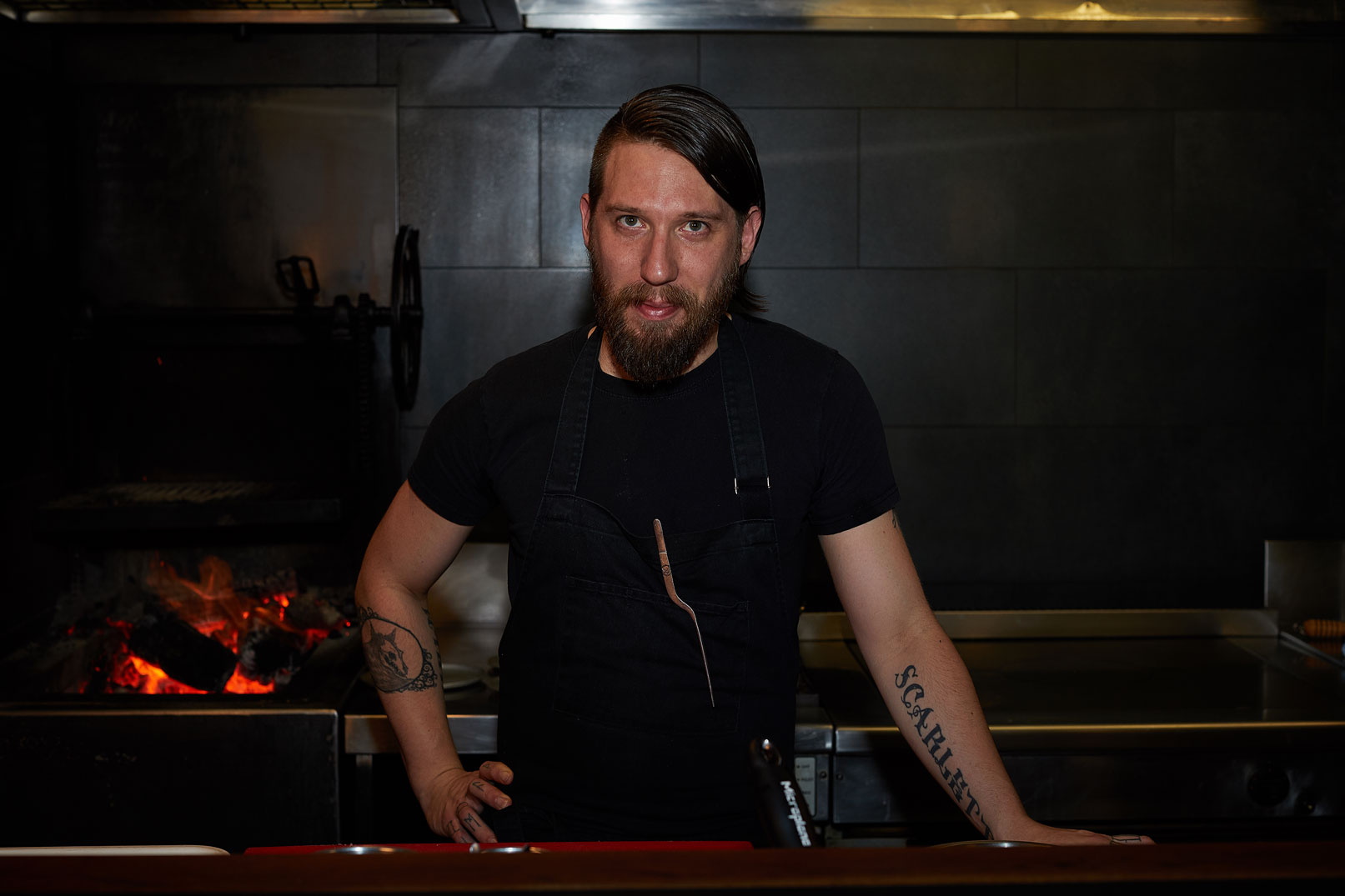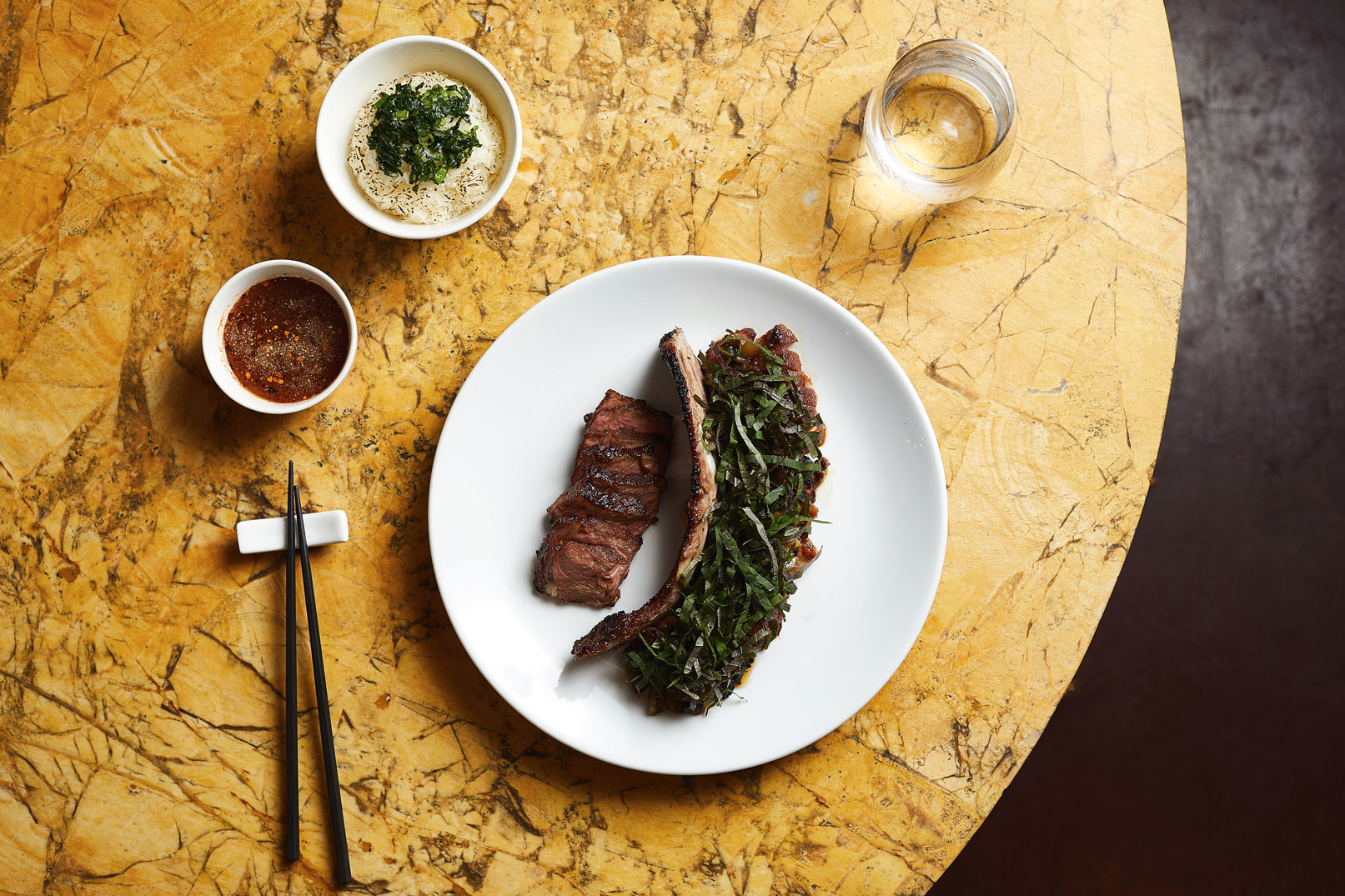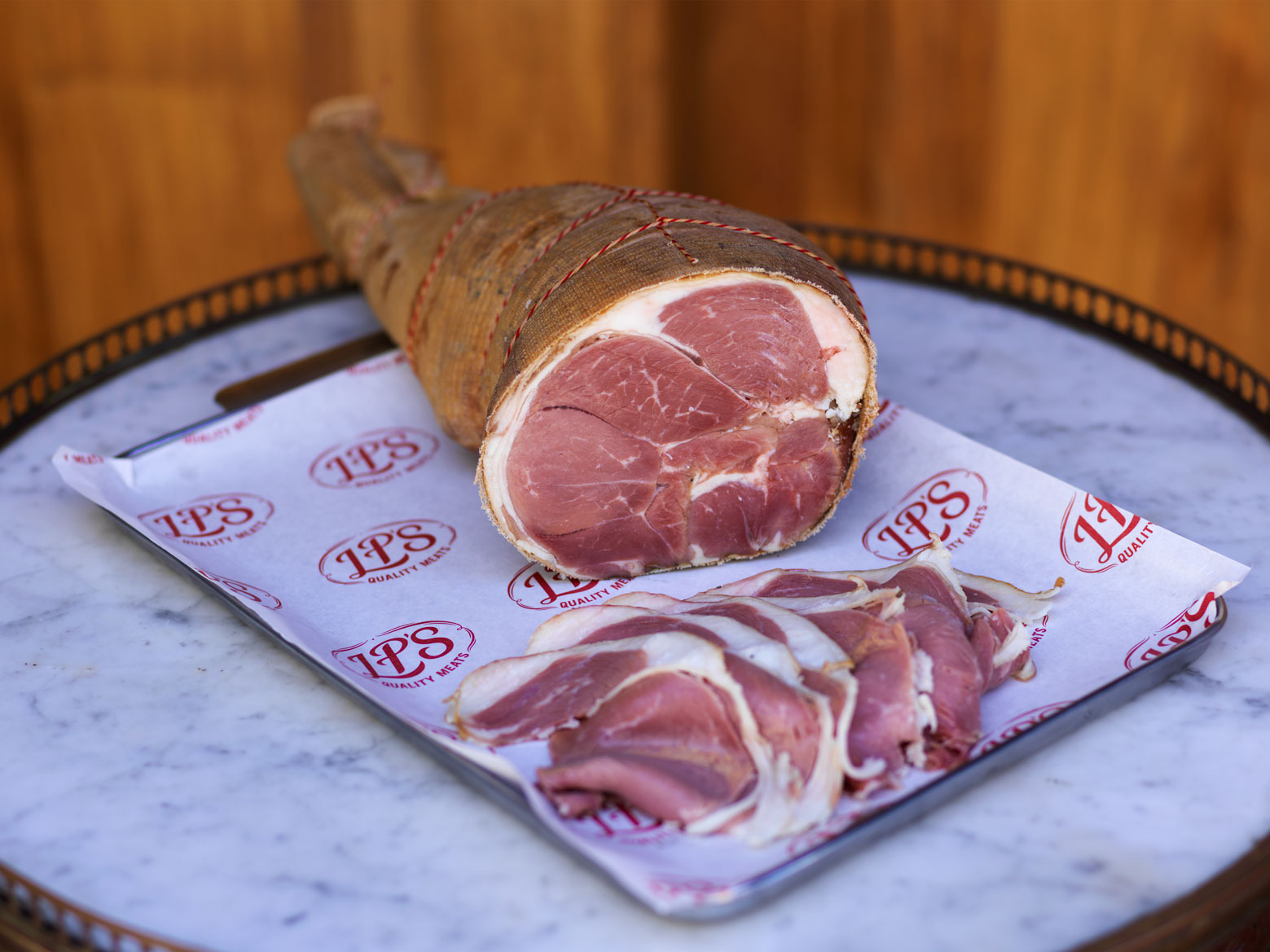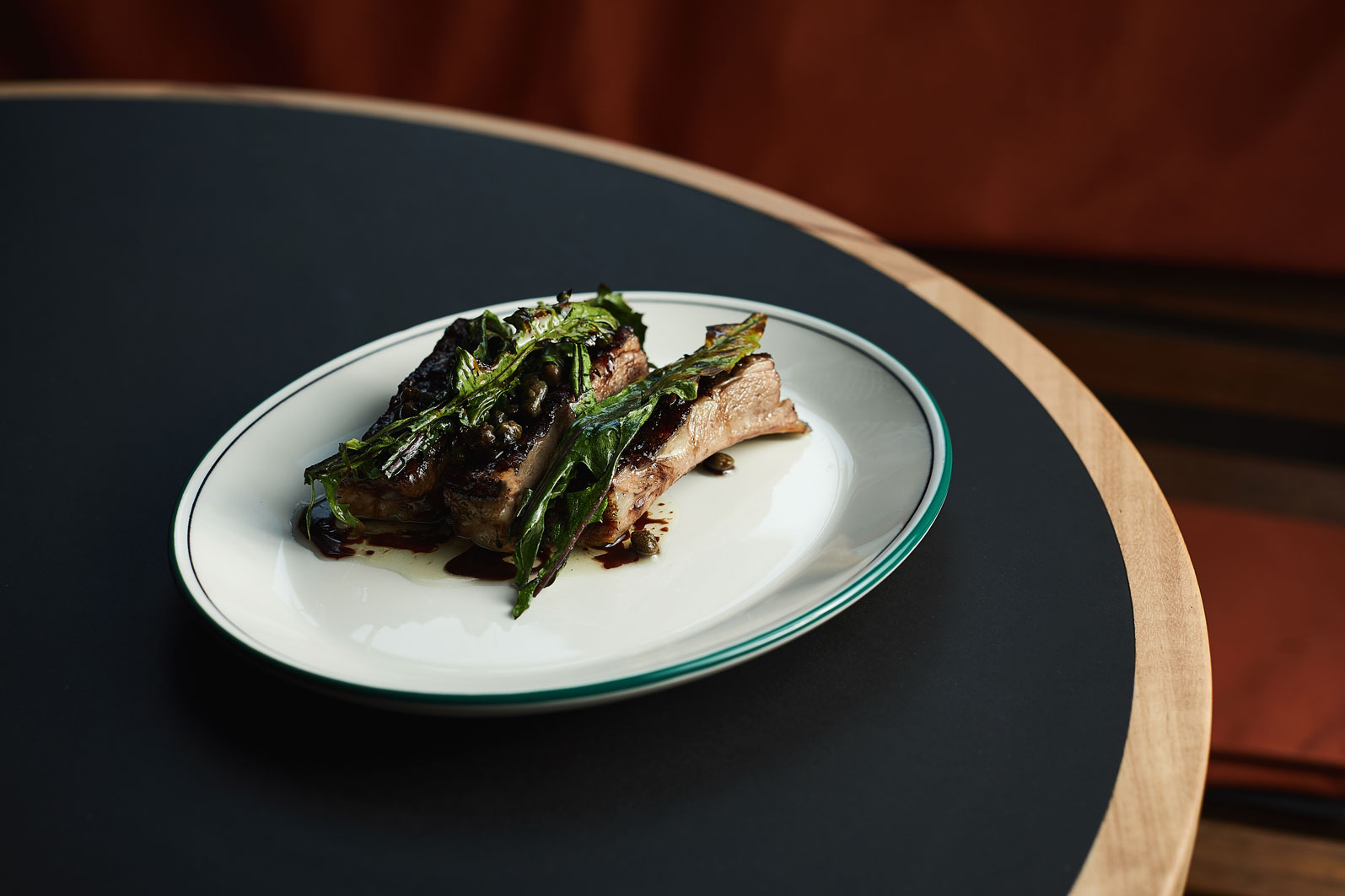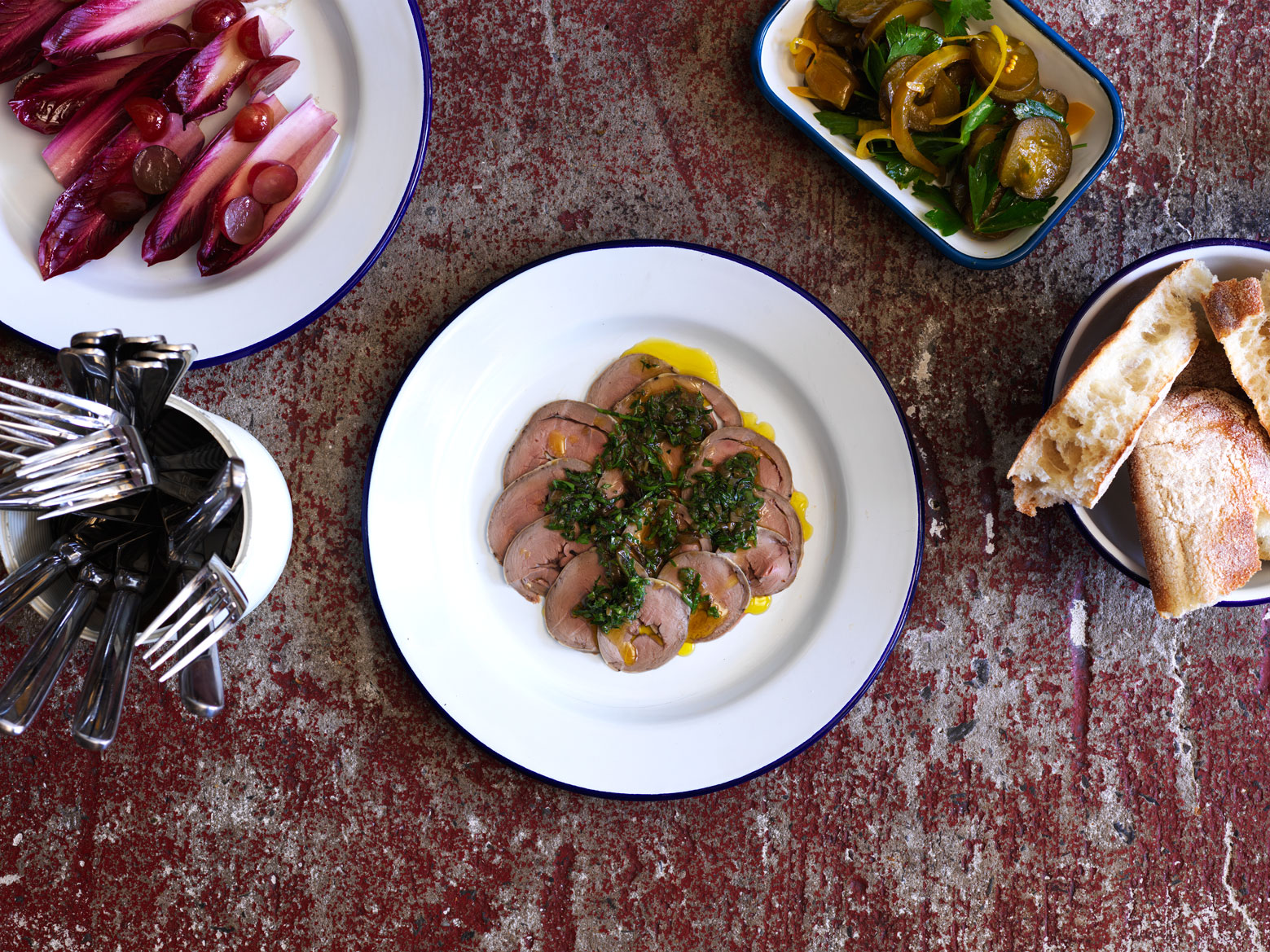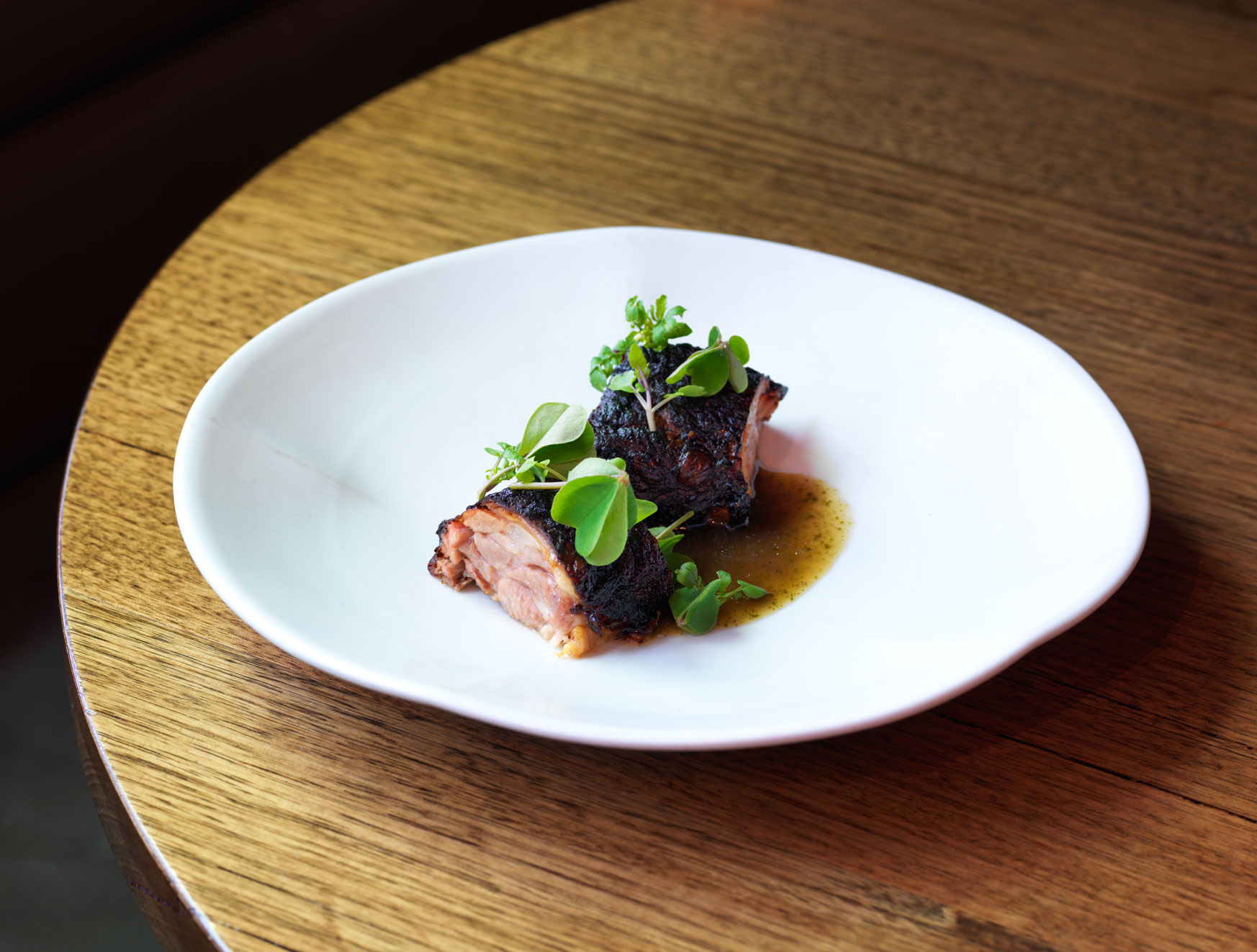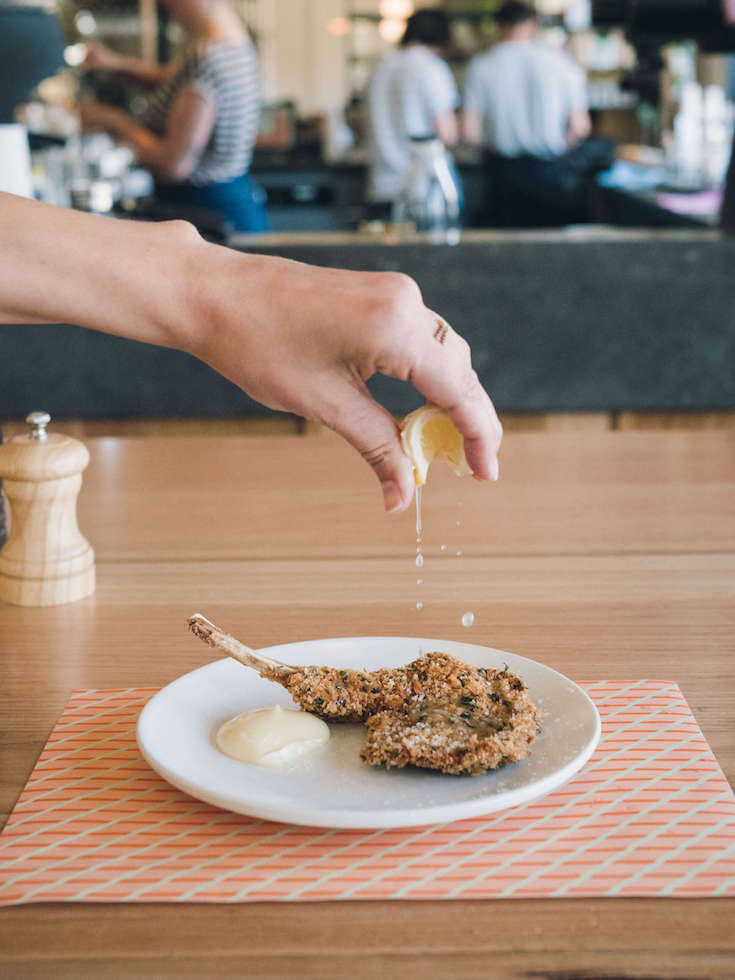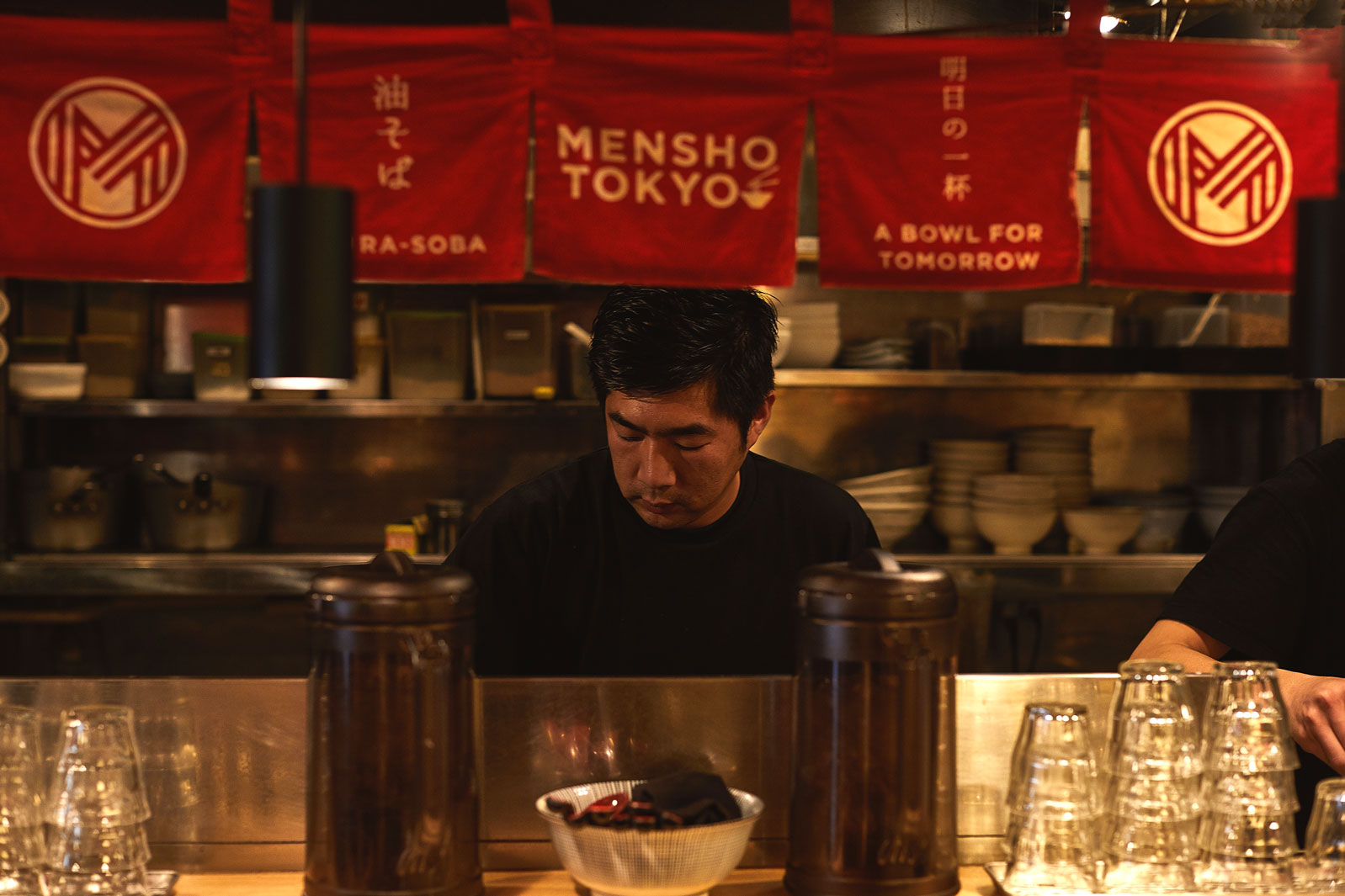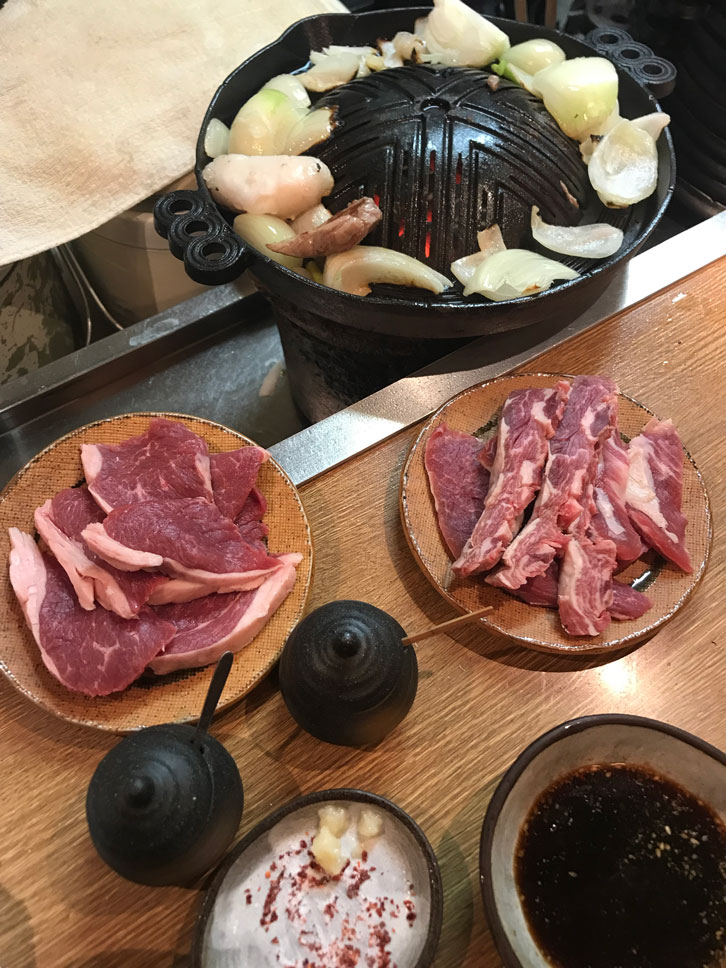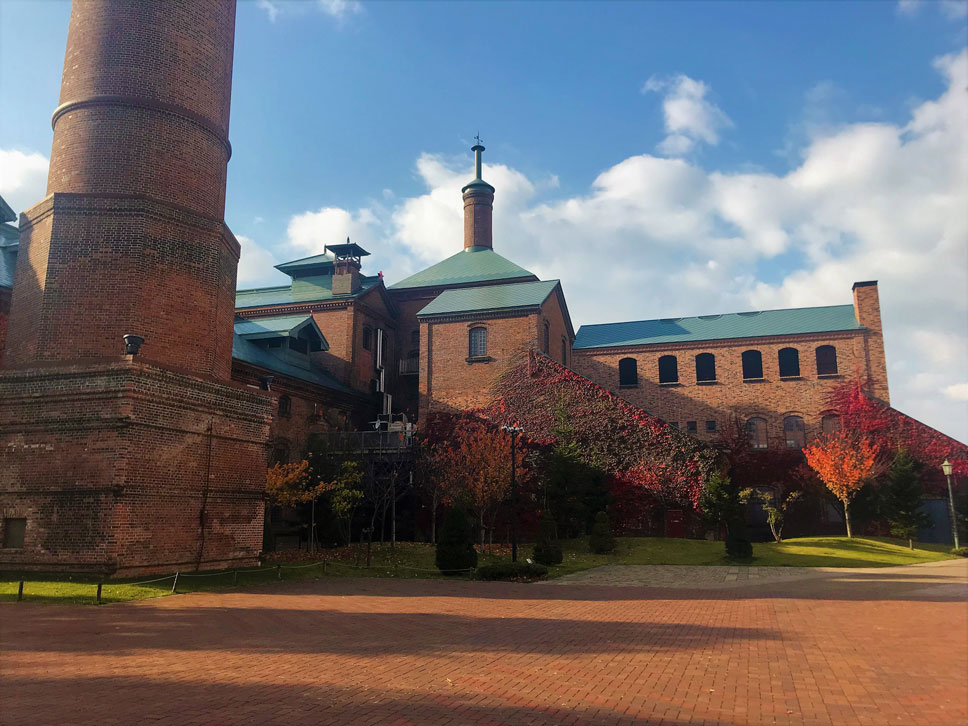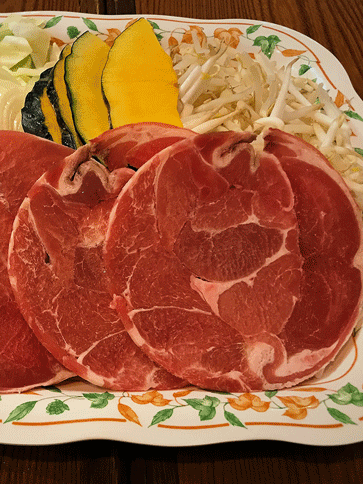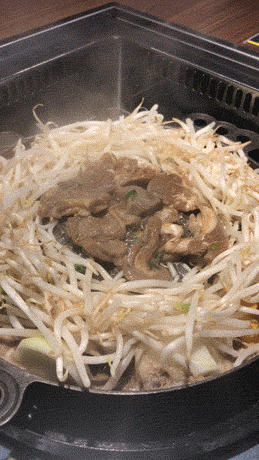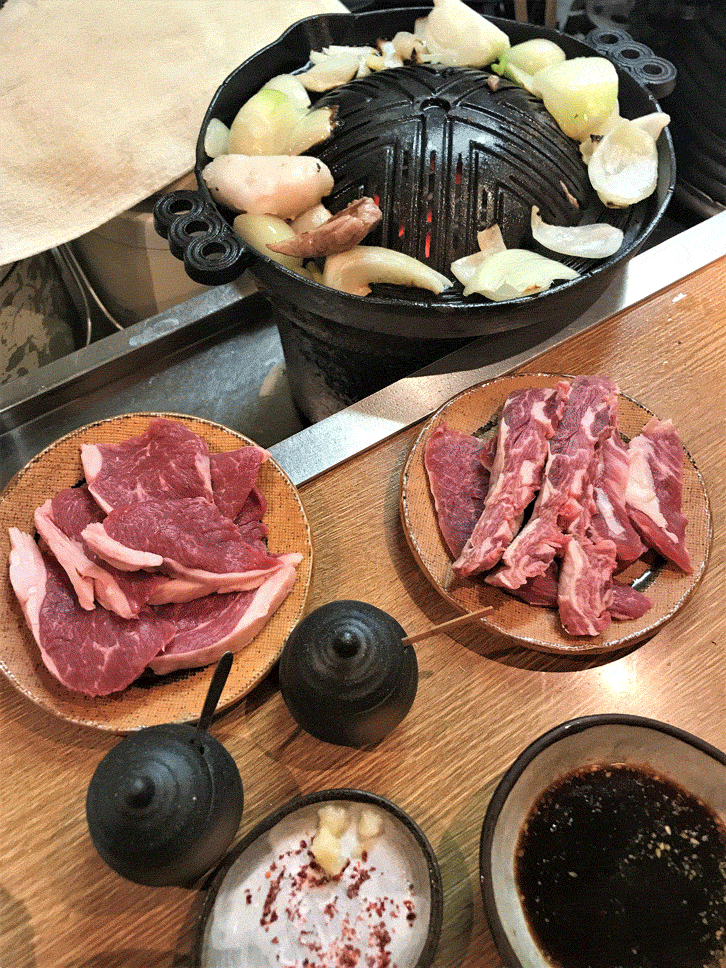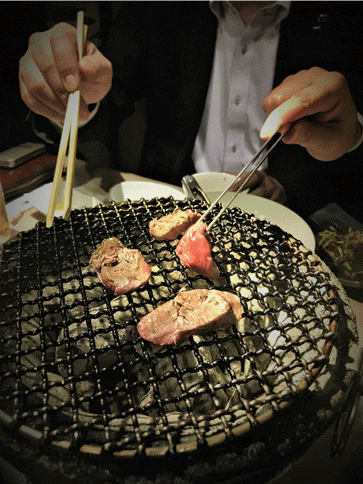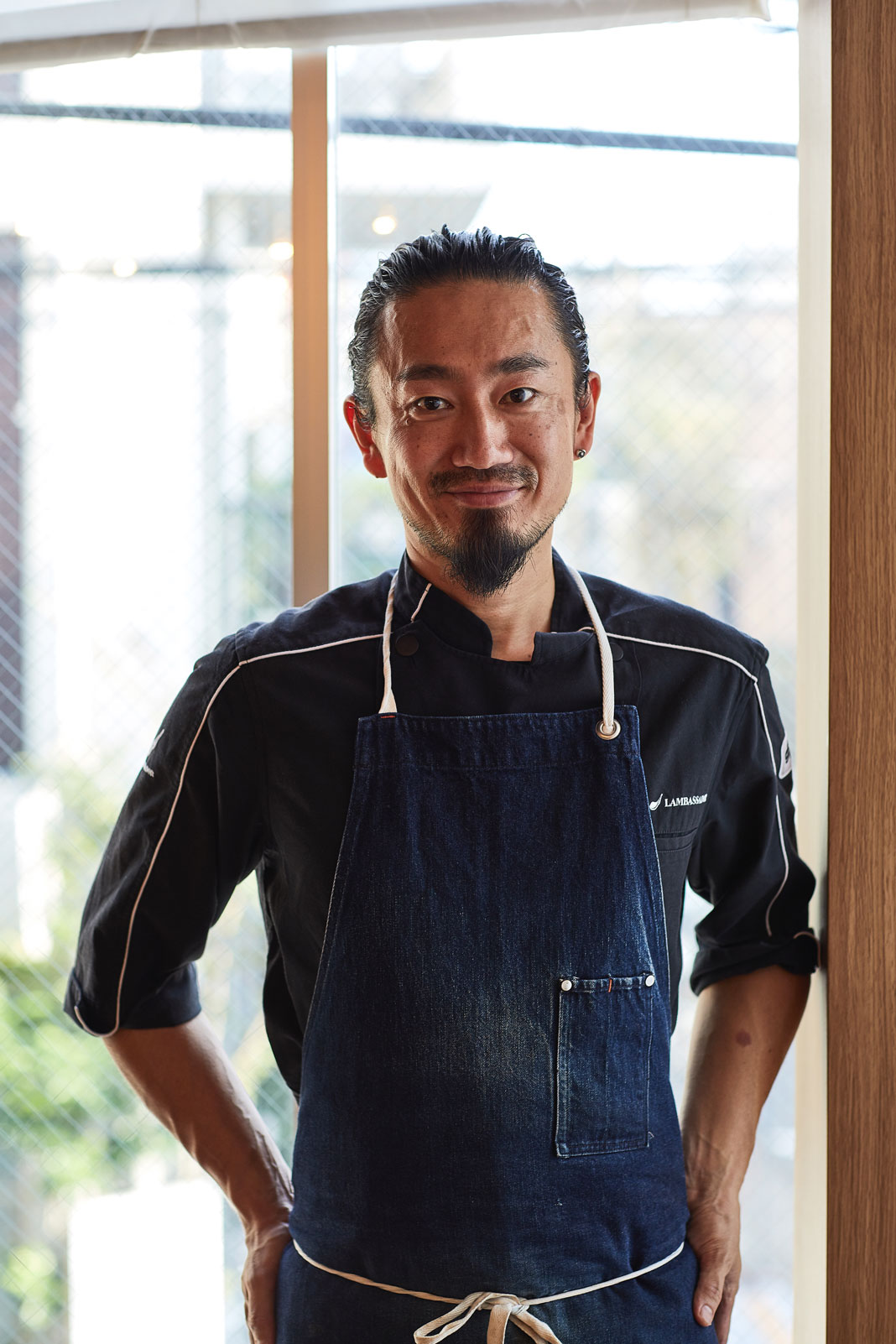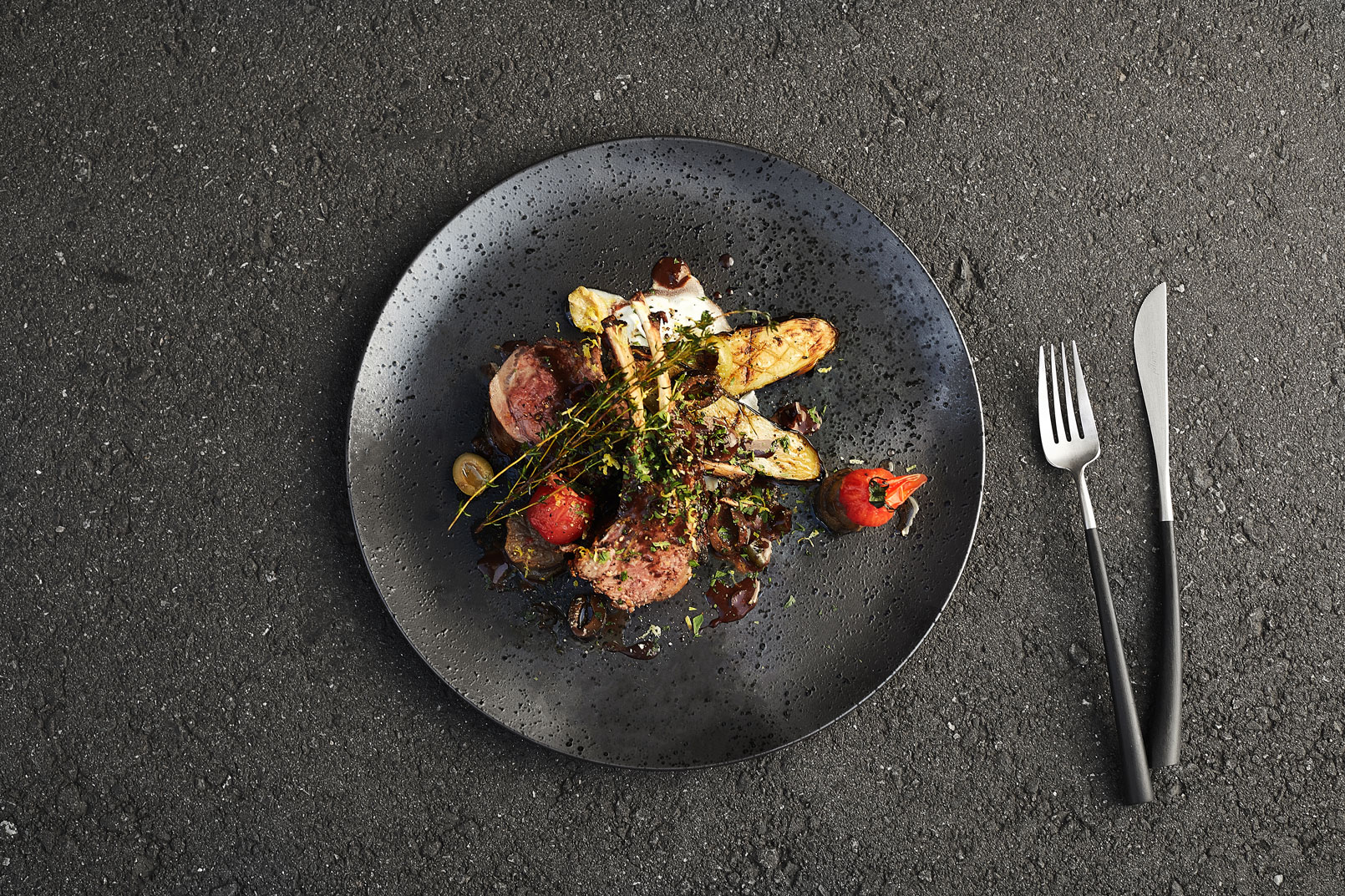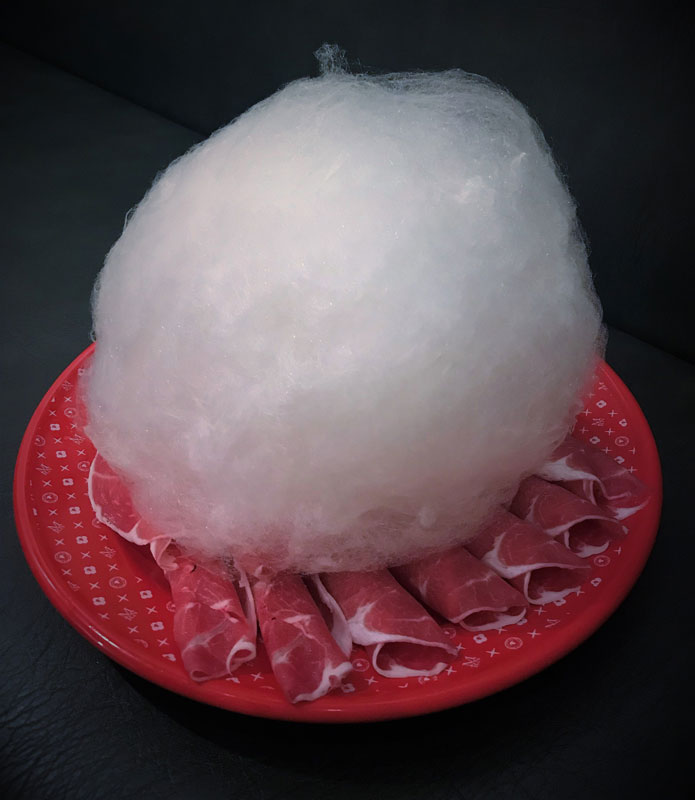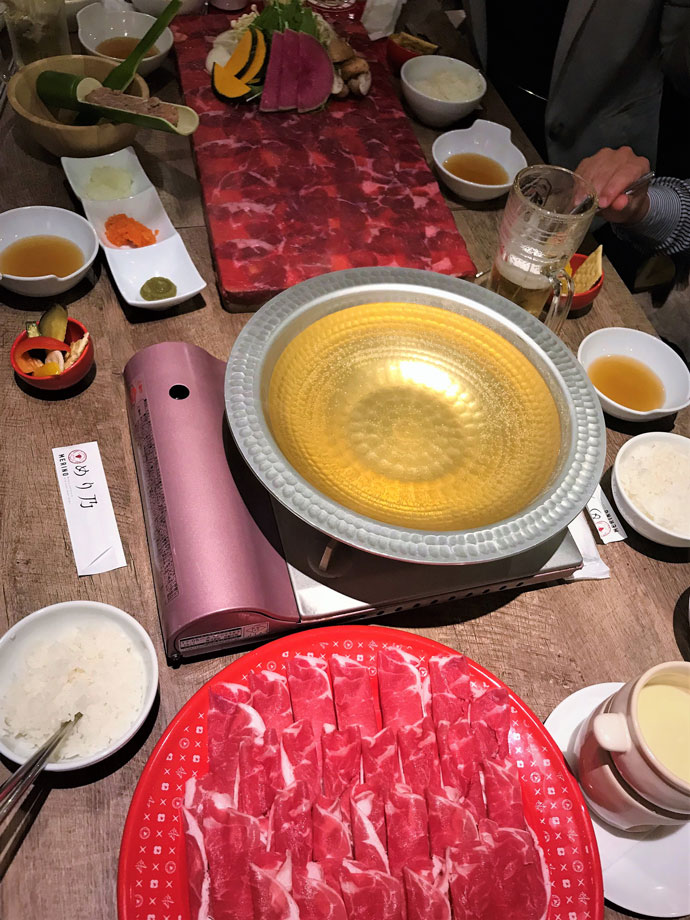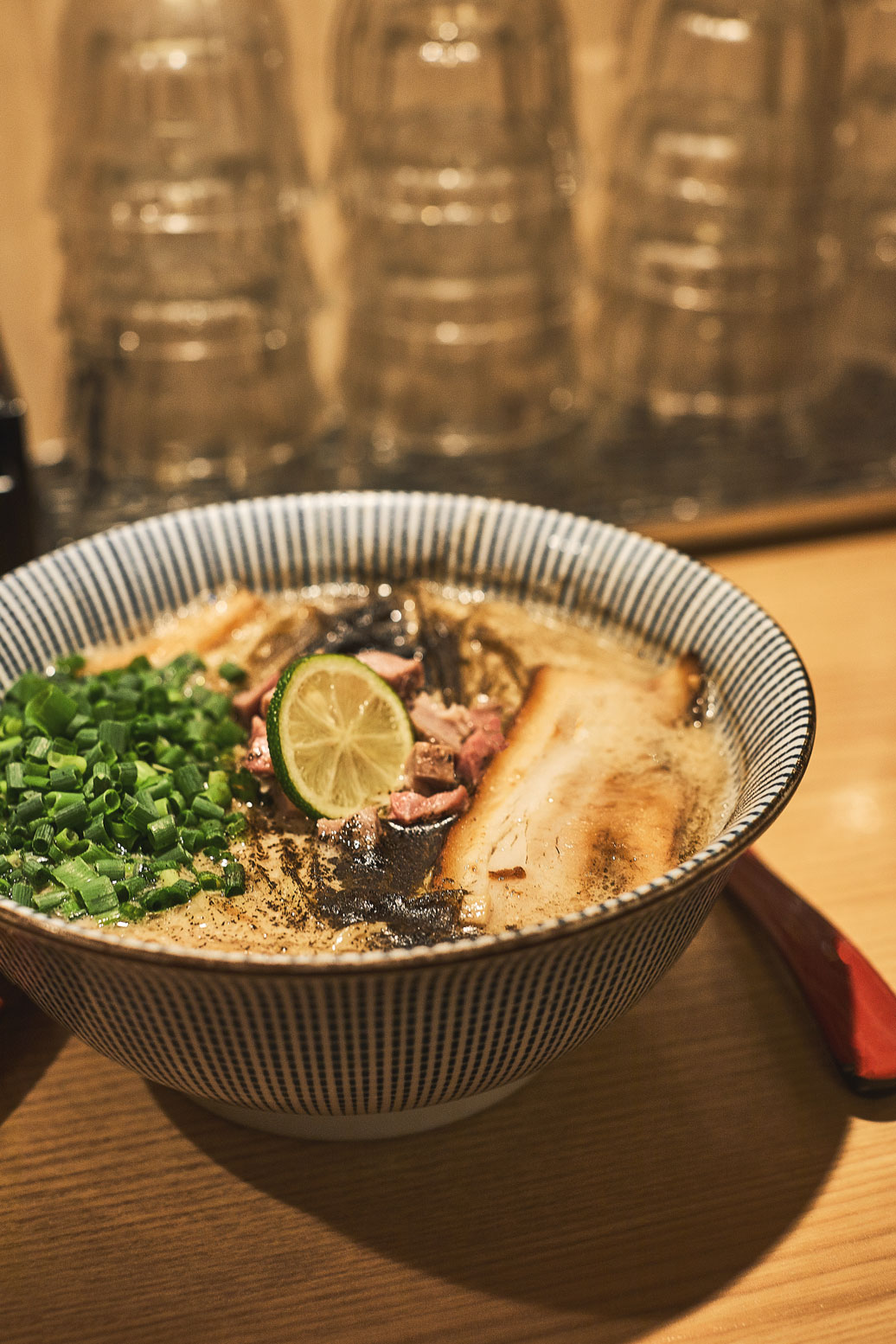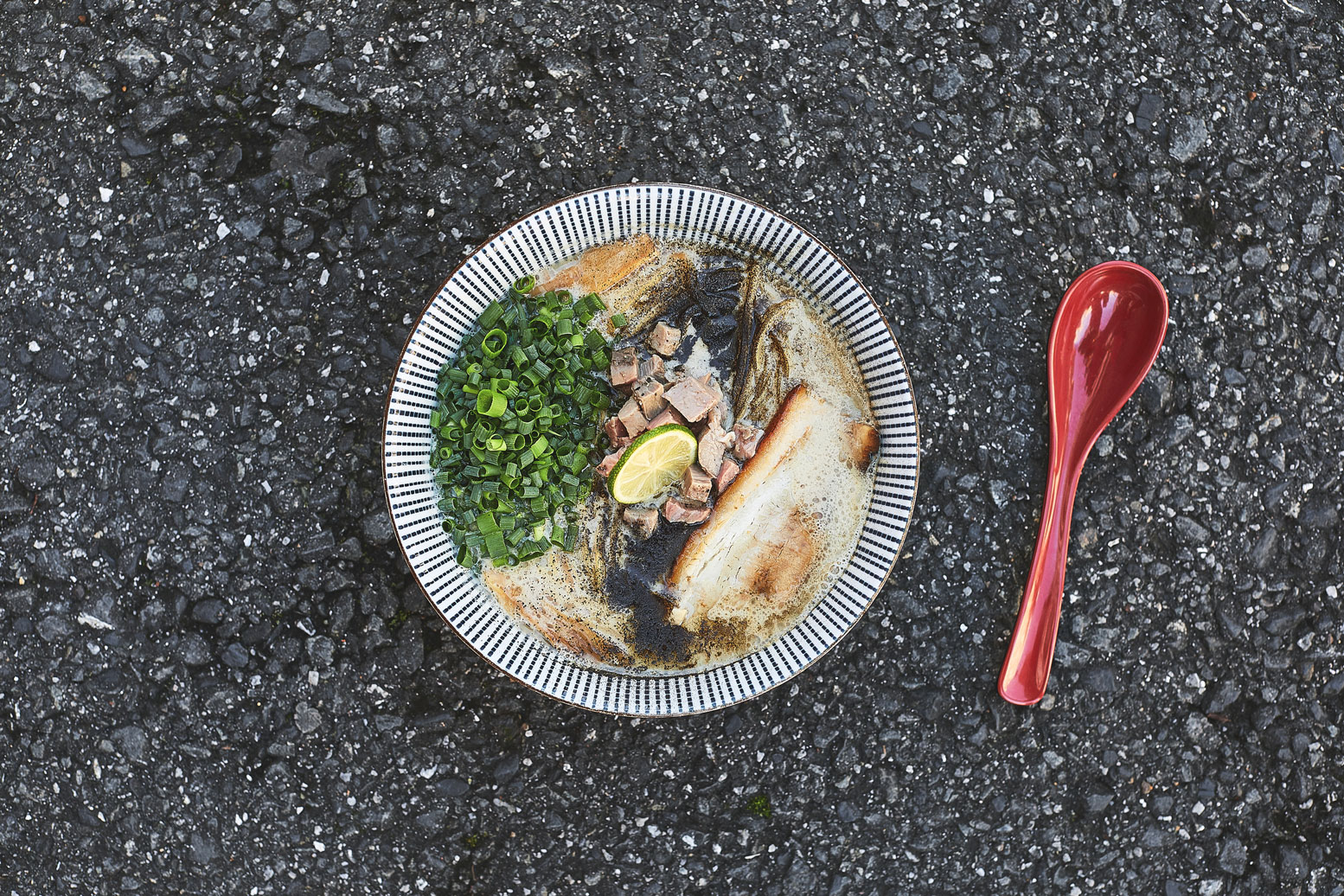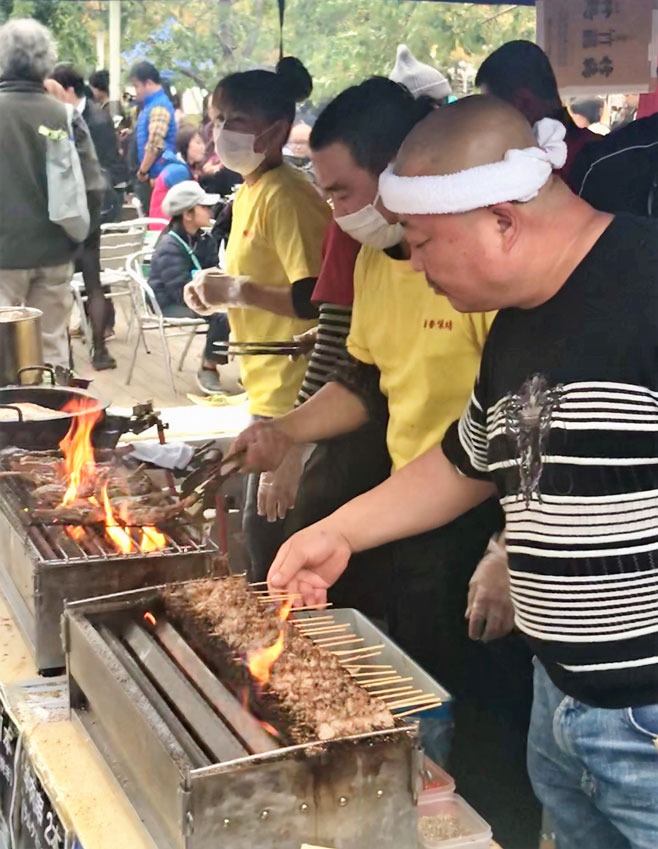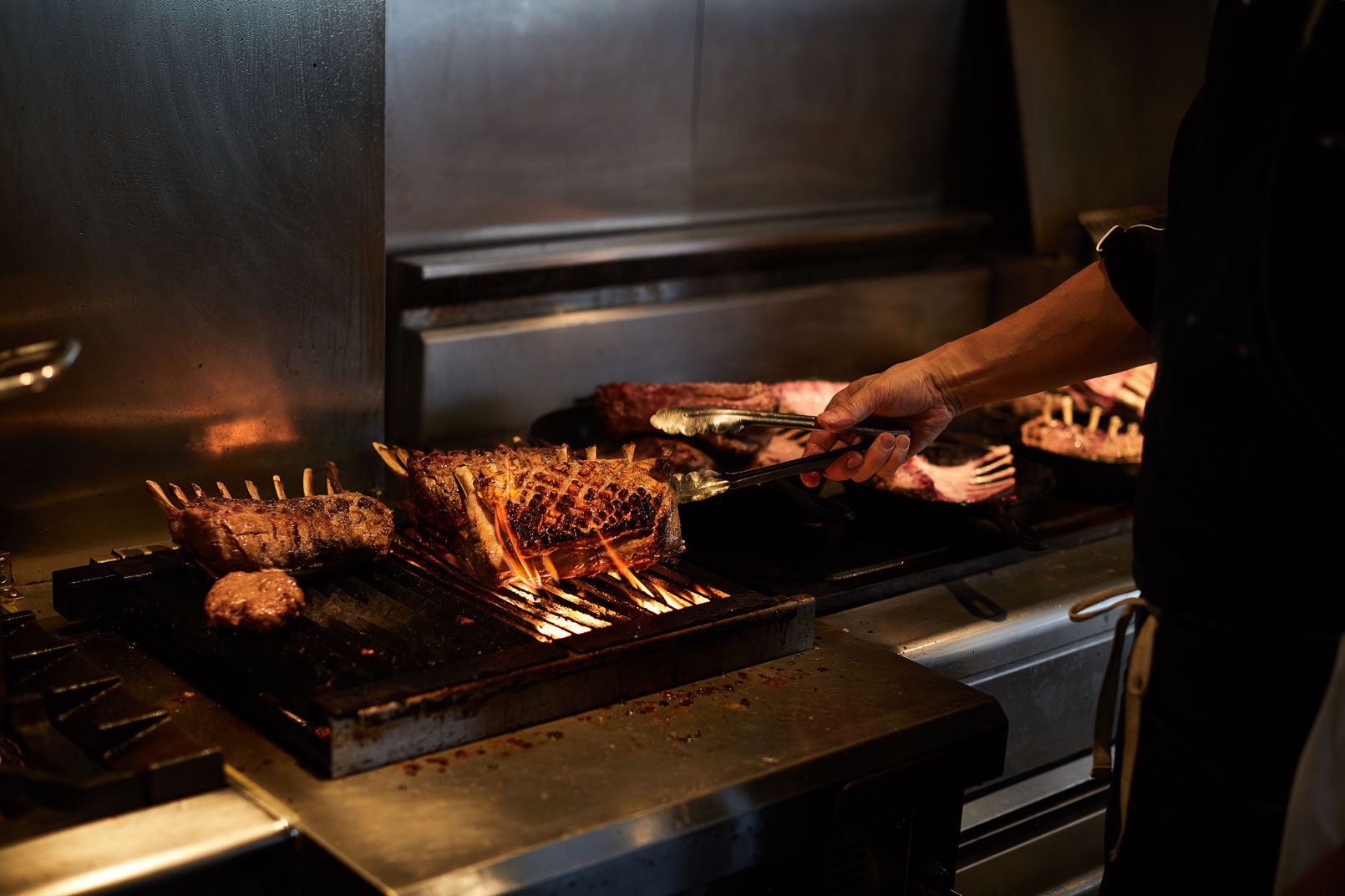Editor’s
Letter

Welcome to the first issue of Rare Medium’s new seasonal emagazine – Autumn Lamb 2018.
Designed to inform and inspire the foodservice industry about Australian beef and lamb from paddock to plate, each issue will focus on a specific protein and be co-edited with a different chef.
Stepping out of the kitchen and up to the plate for our debut issue we are honoured to have Dave Verheul from Embla and The Town Mouse in Melbourne.
When asked why I chose Dave as my first co-chef-editor; it is obvious to say because he is an exceptionally talented chef. His acutely measured, yet seemingly simple approach to food articulates our proteins beautifully and his wood fire cooking is a match made in culinary heaven. And that’s all perfectly pertinent. But in truth, a big part of bringing Dave on board was because of his steadfast sense of self; a unique authenticity that doesn’t waver.
Driven by a respect for produce and a keen desire to understand where that produce comes from – Dave has helped me to shape an honest, insightful and hopefully inspiring expose of Australian lamb in the pages that follow.
Really though, I just wanted him to admit Australian lamb has got it all over his NZ mates across the ditch.
As an industry, Australian red meat is continuing to innovate and evolve with a dedicated commitment to quality, integrity and ethically and environmentally sustainable production systems – we look forward to sharing these stories with you in this and future issues.
I hope you enjoy the debut issue and find something within its pages that inspires you, enlightens you or at the very least, challenges the way you think about Australian lamb.
Mary-Jane Morse
Foodservice Marketing Manager
Meat & Livestock Australia
[email protected]
@_raremedium
Chef
Editor’s
Letter
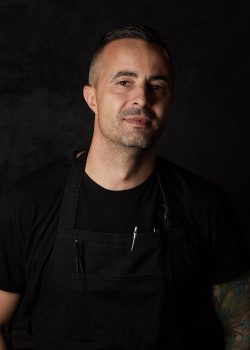
When MJ asked me to co-edit the first issue of the new Rare Medium emagazine with her back in August, I didn’t know what I was getting myself in to – and at that point I really don’t think she did either. But now here we are and I’m quietly stoked that she asked me to be a part of it.
It’s been both an experience and a lot of fun but what I’ve enjoyed most about the whole process is getting to see a side of the industry that I most likely otherwise wouldn’t. Our trip to Black Springs was an eye opener for a lot of reasons – that don’t include MJ’s ‘questionable’ singing on a six-hour car trip. Seeing the science and innovation going in to Australian lamb and how that’s enhancing eating quality and welfare gave me an even greater respect for the intricacies of what’s happening on farm and how that affects what we put on the plate. Seeing firsthand how some farmers are addressing the sustainability and welfare concerns of myself and our customers gave me confidence that we are getting on the right track in this regard in Australia.
The chance to feature some epic lamb dishes being served up by some of my favourite chefs in the On the Menu section and also to throw the spotlight on my team to highlight the great work they do day in day out is something I really appreciate.
Hope you guys enjoy reading it as much as I enjoyed helping put it together.
Dave Verheul
Chef-Owner
Embla and The Town Mouse
@daveverheul
Copyright: this publication is published by Meat & Livestock Australia Limited ABN 39 081 678 364 (MLA).


